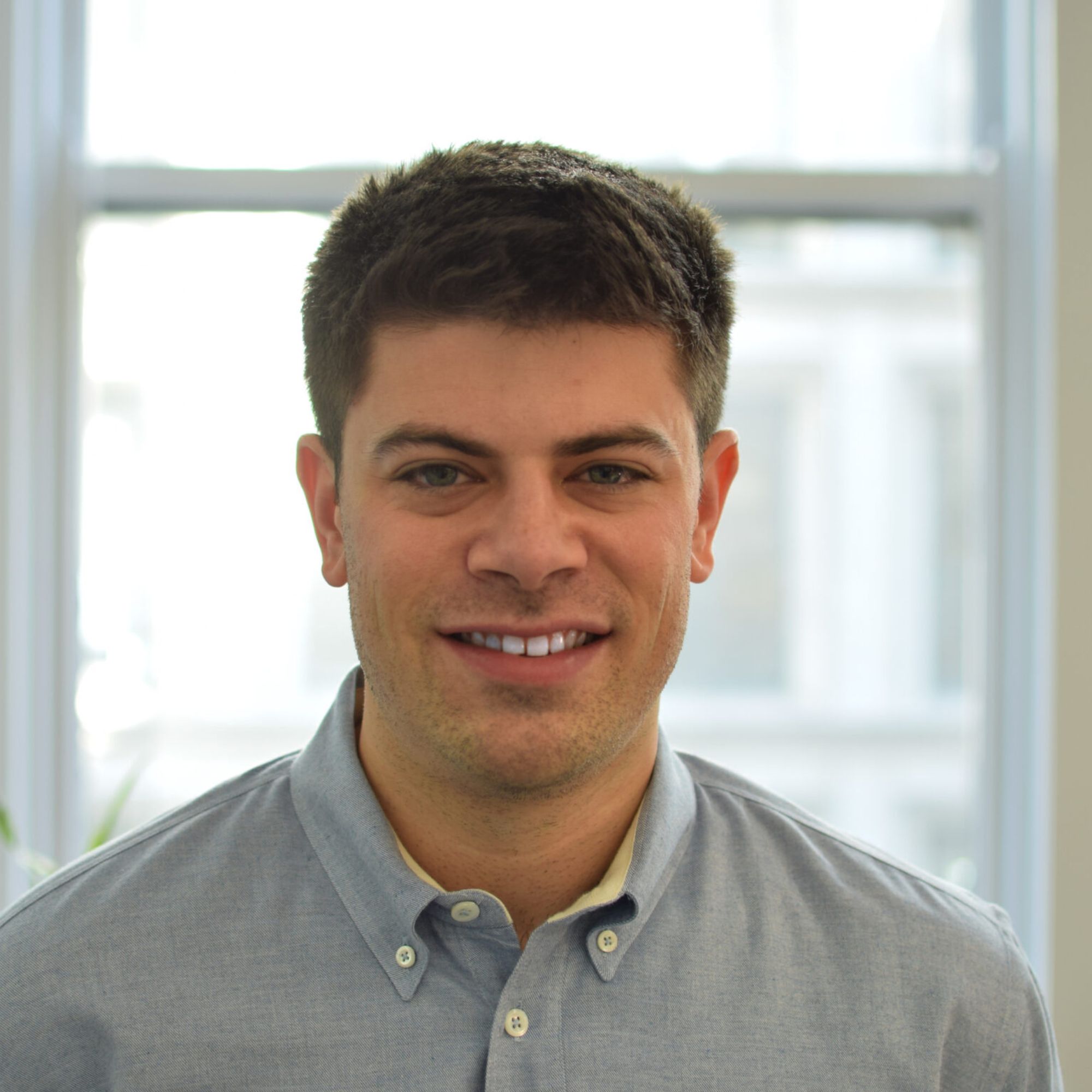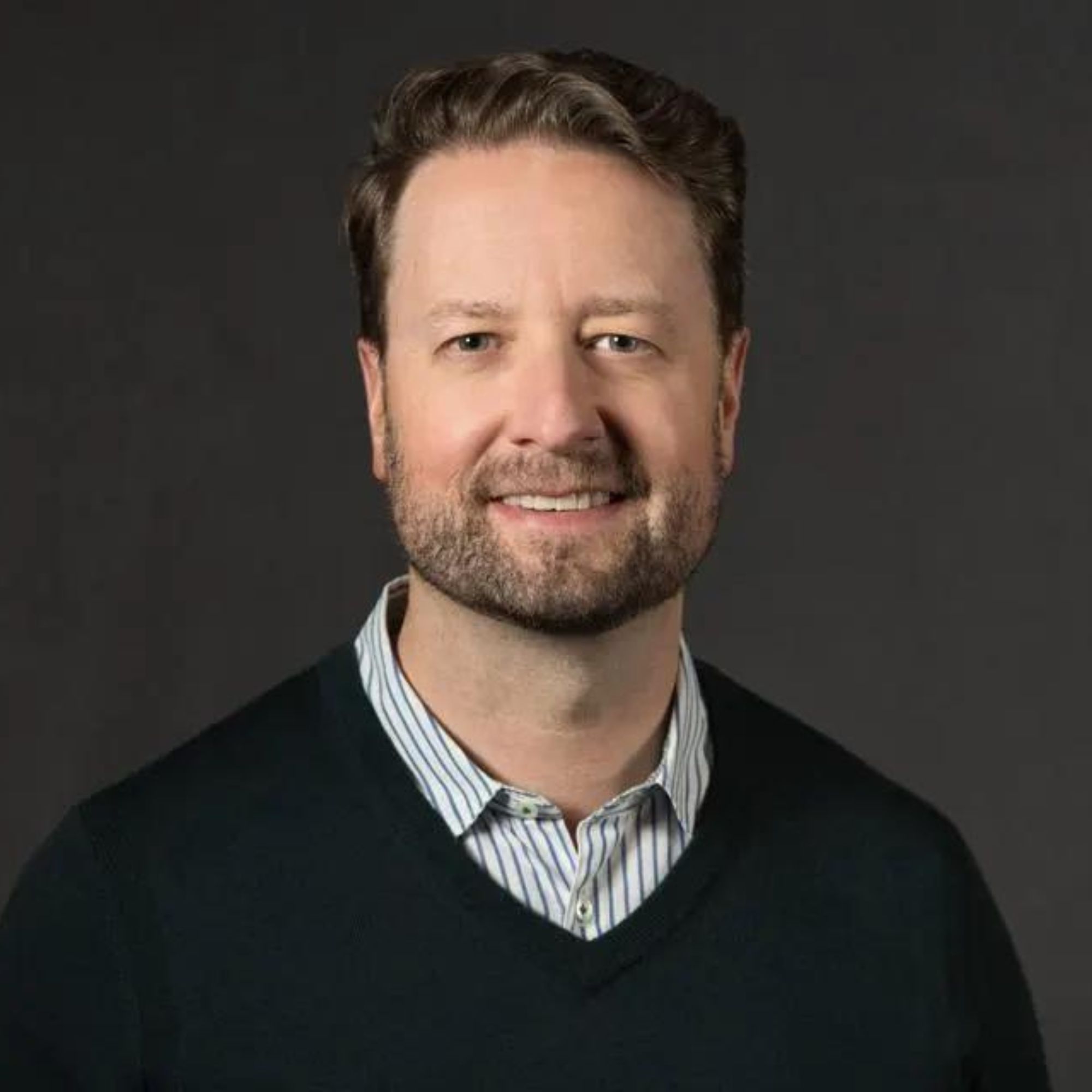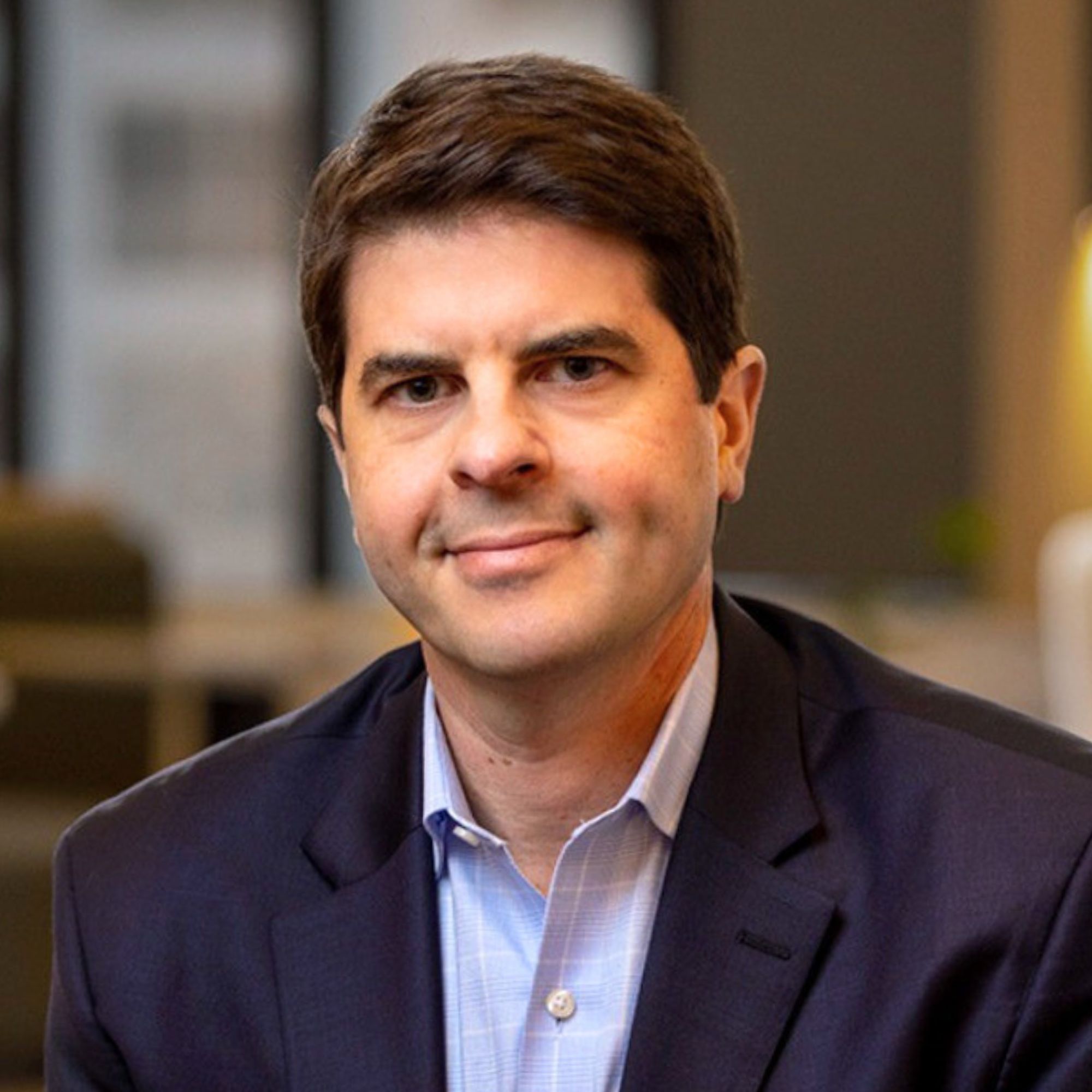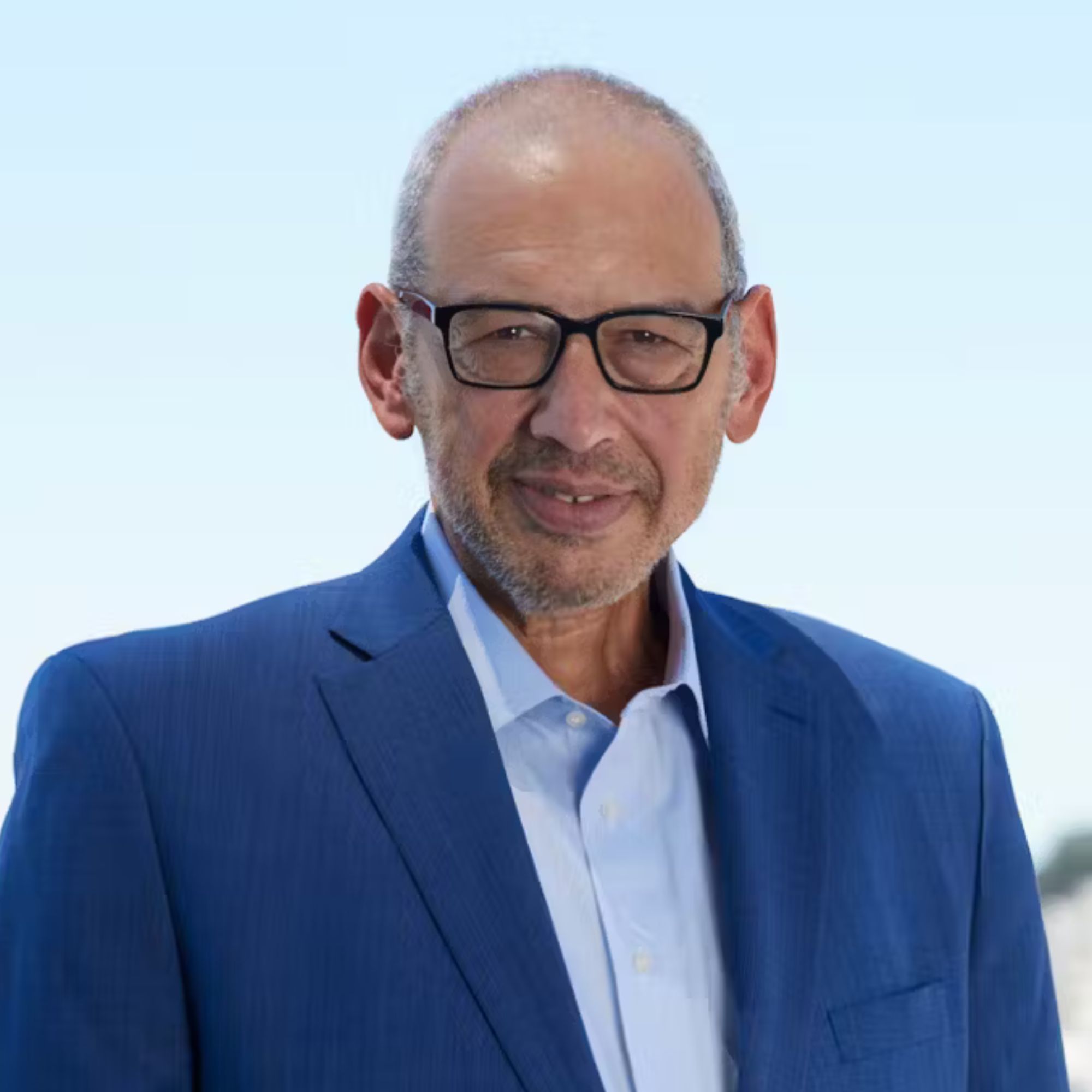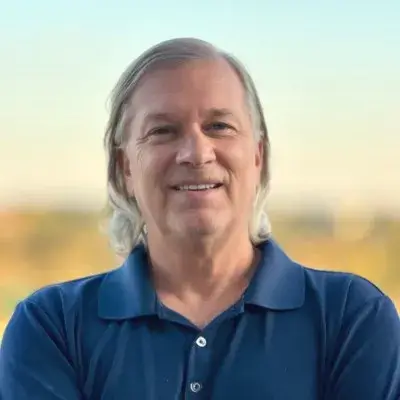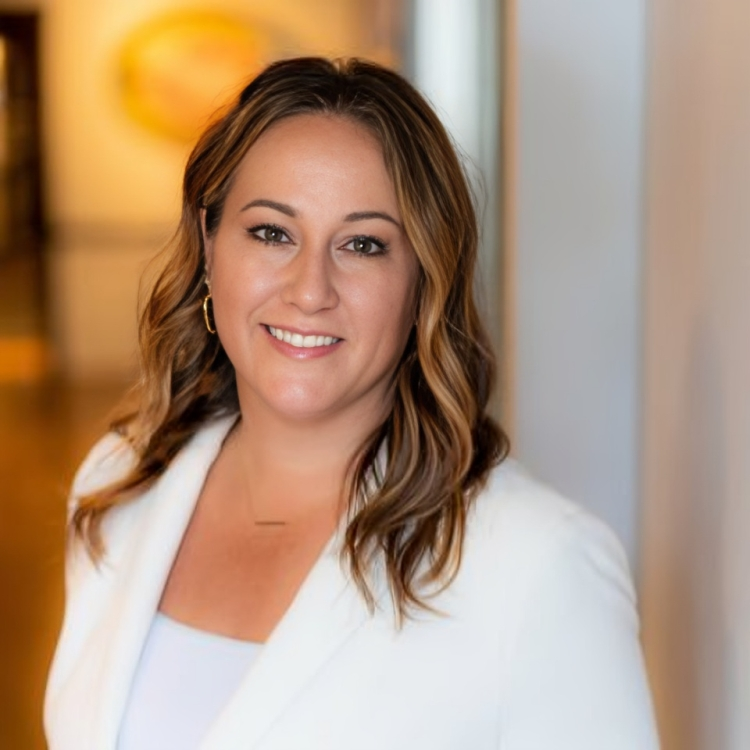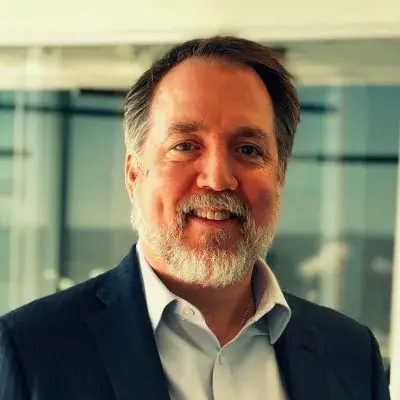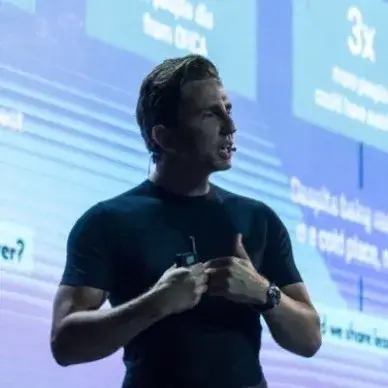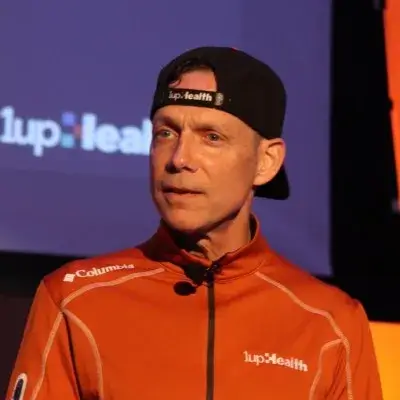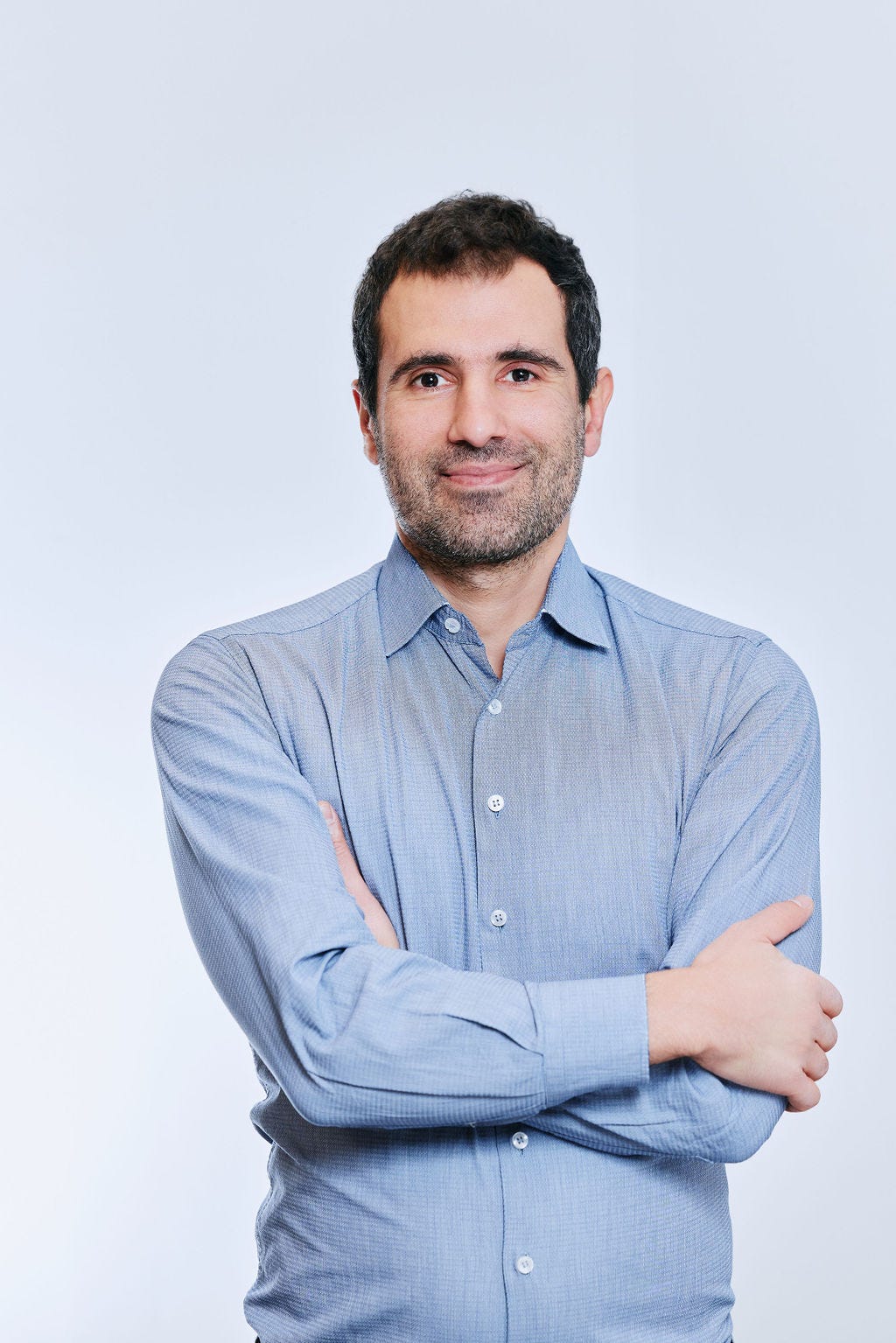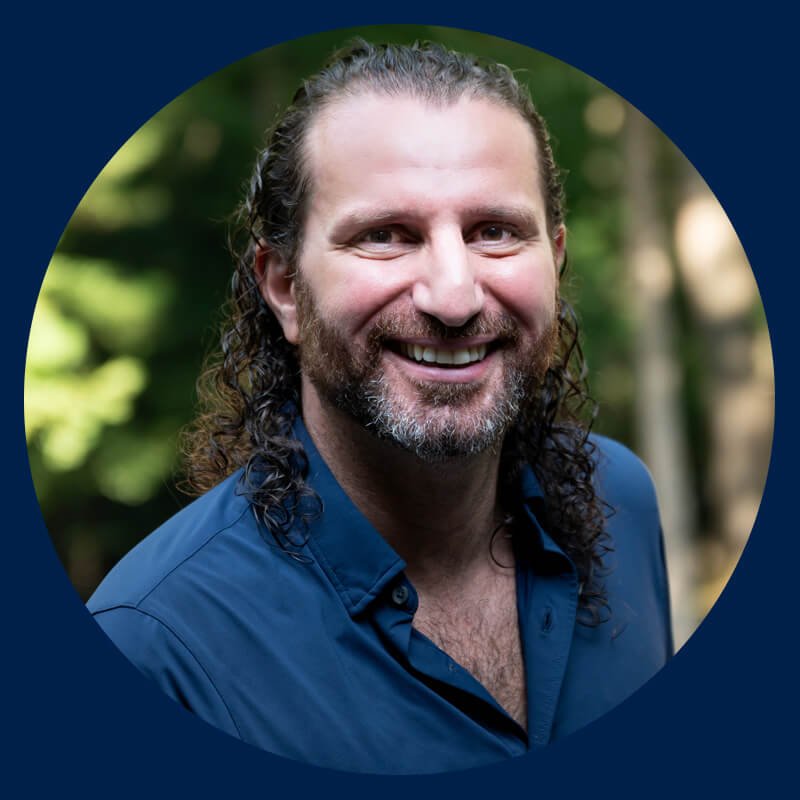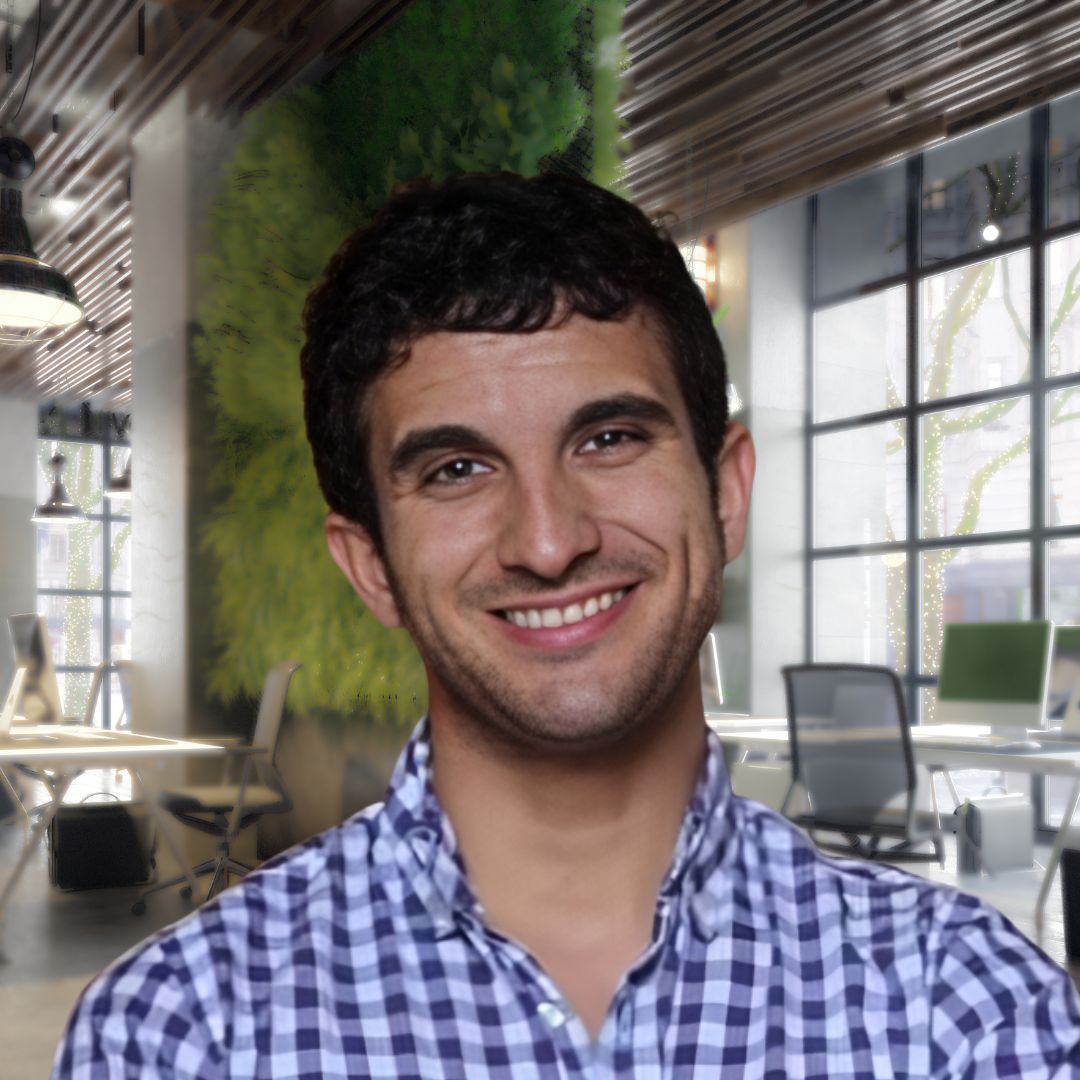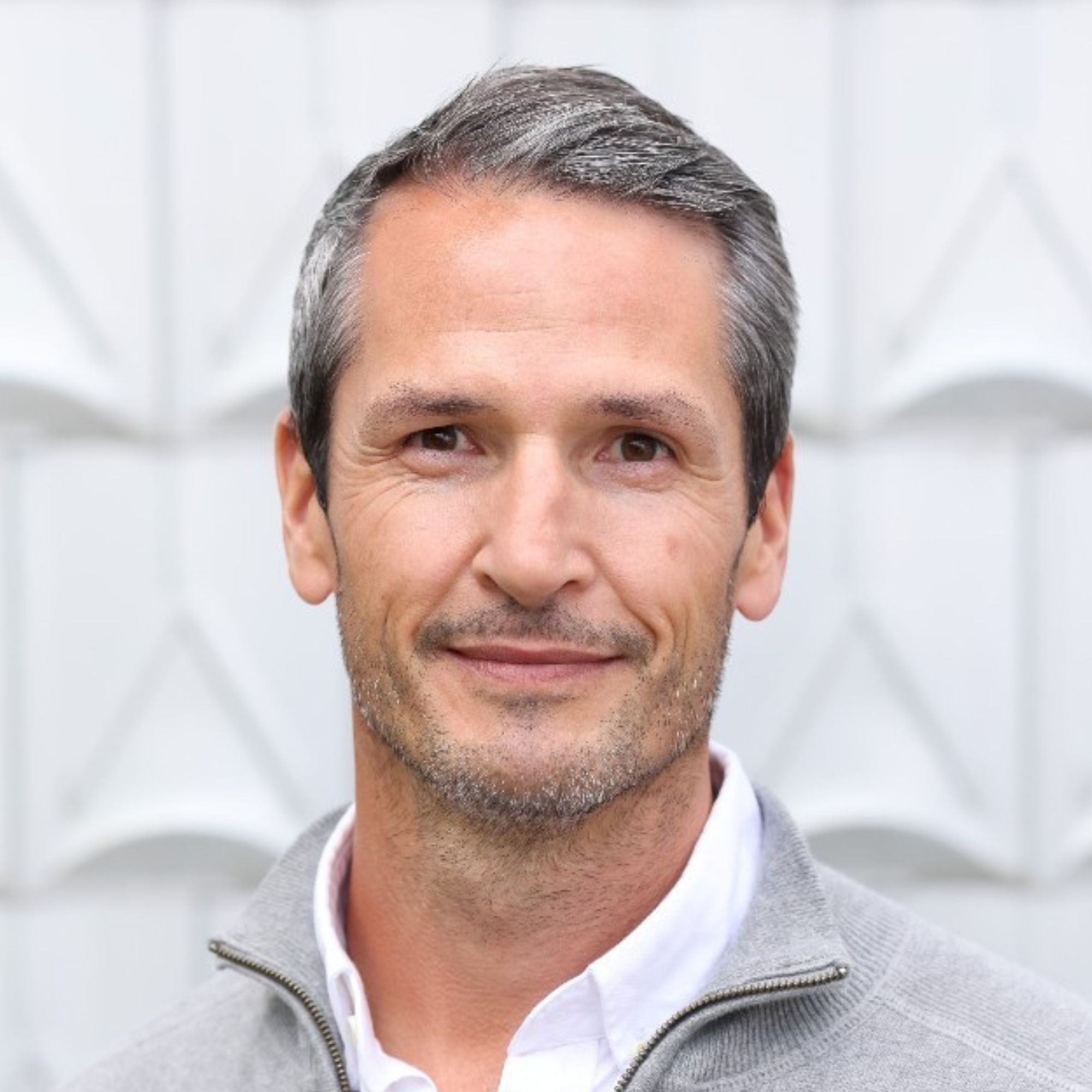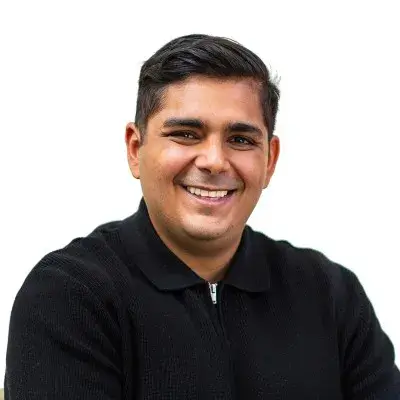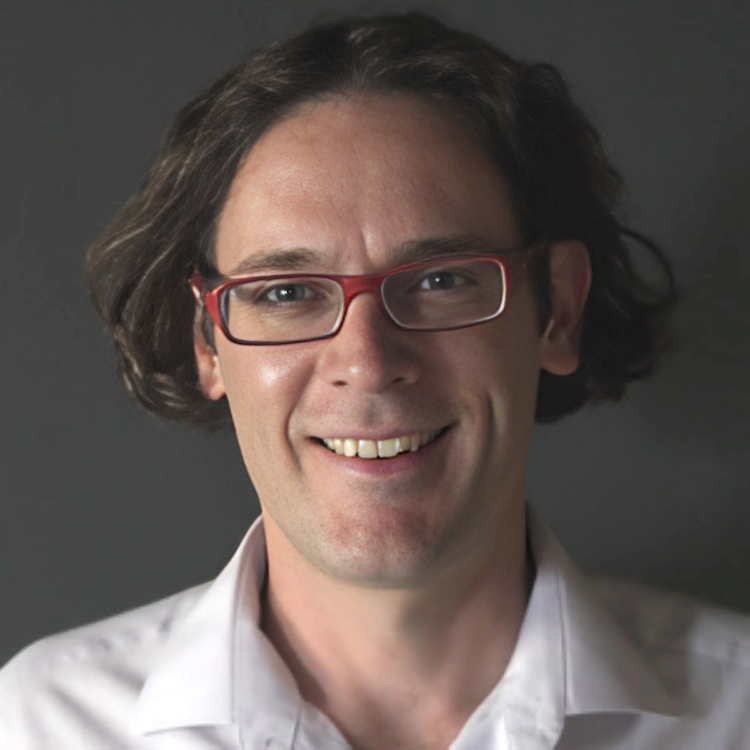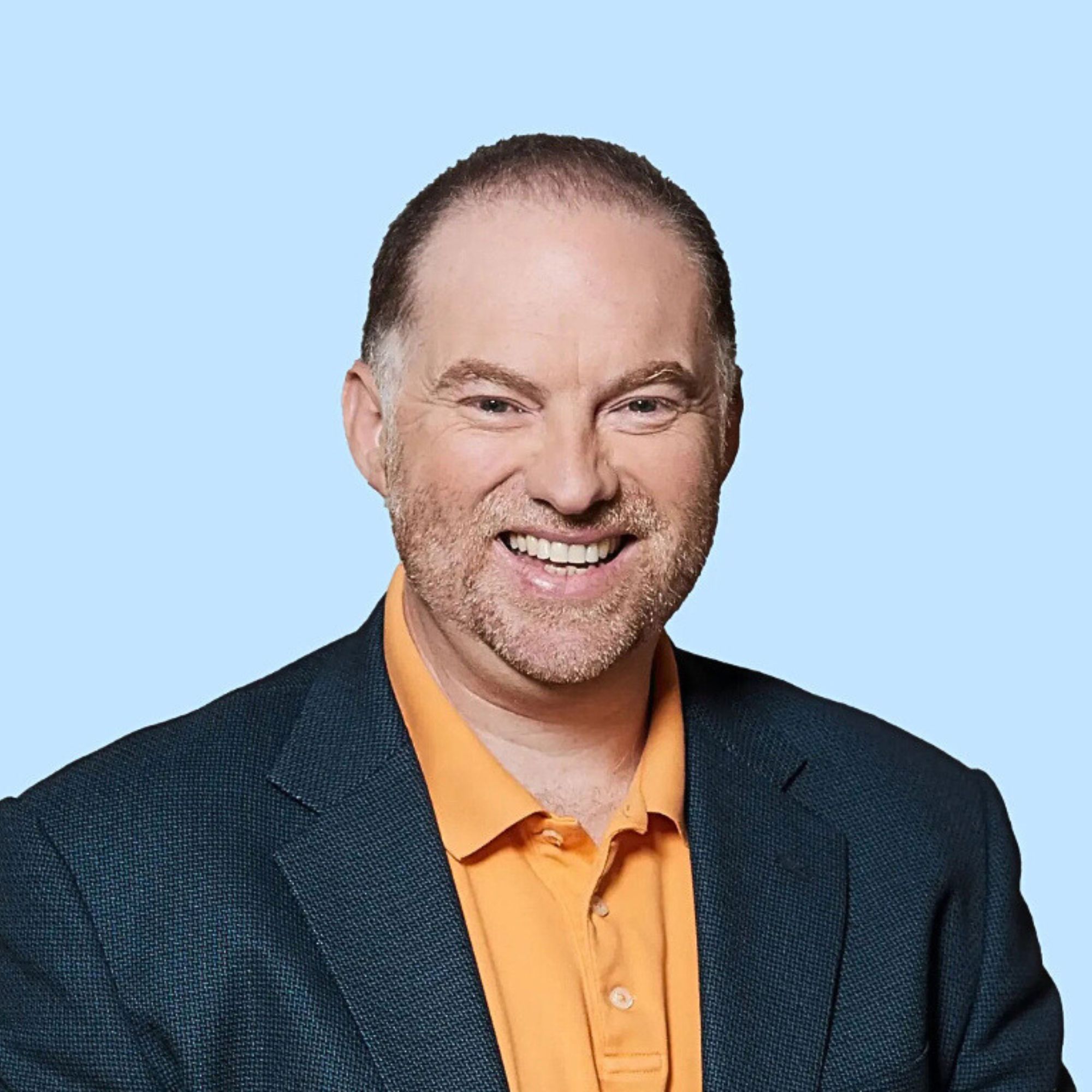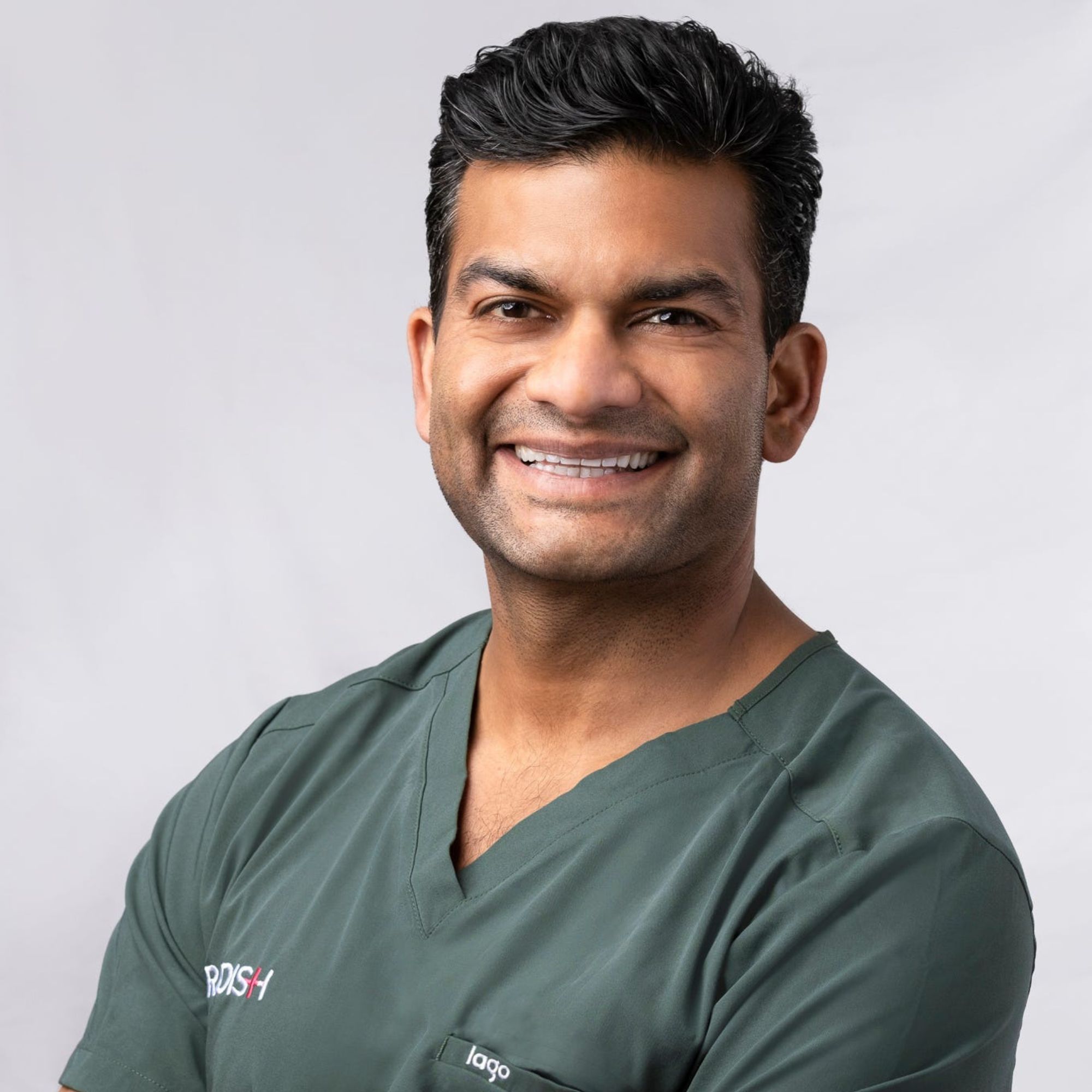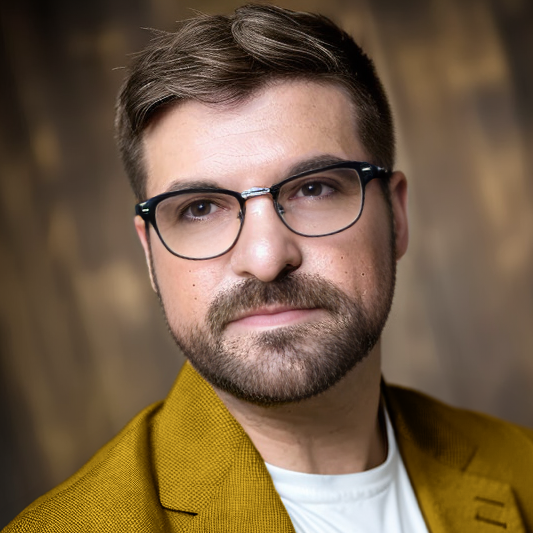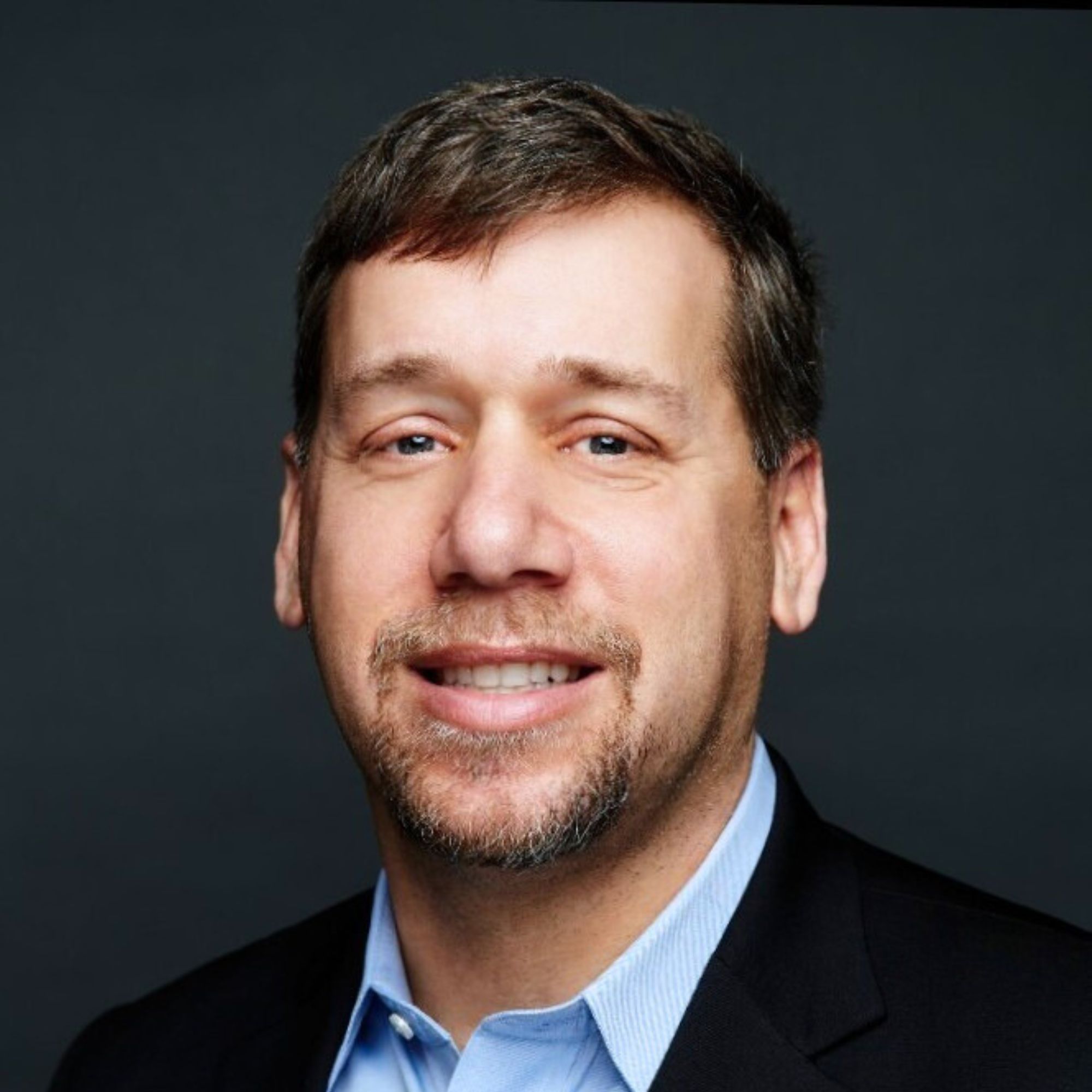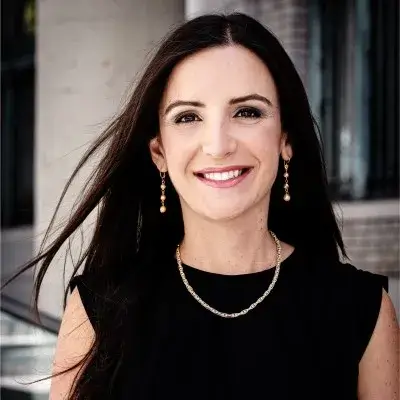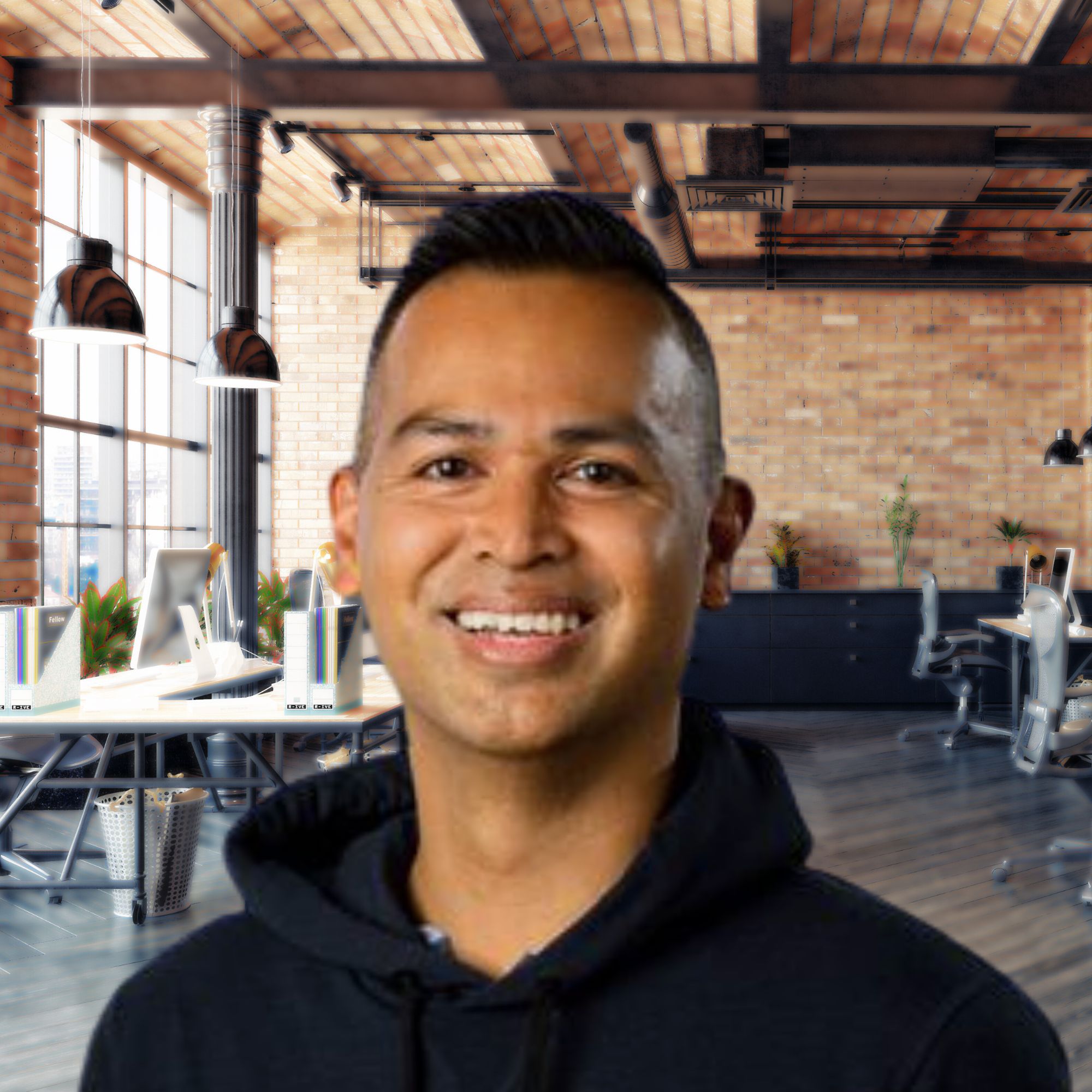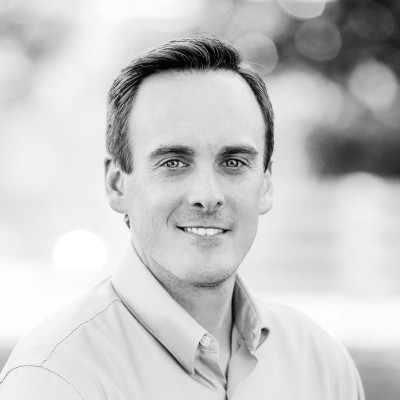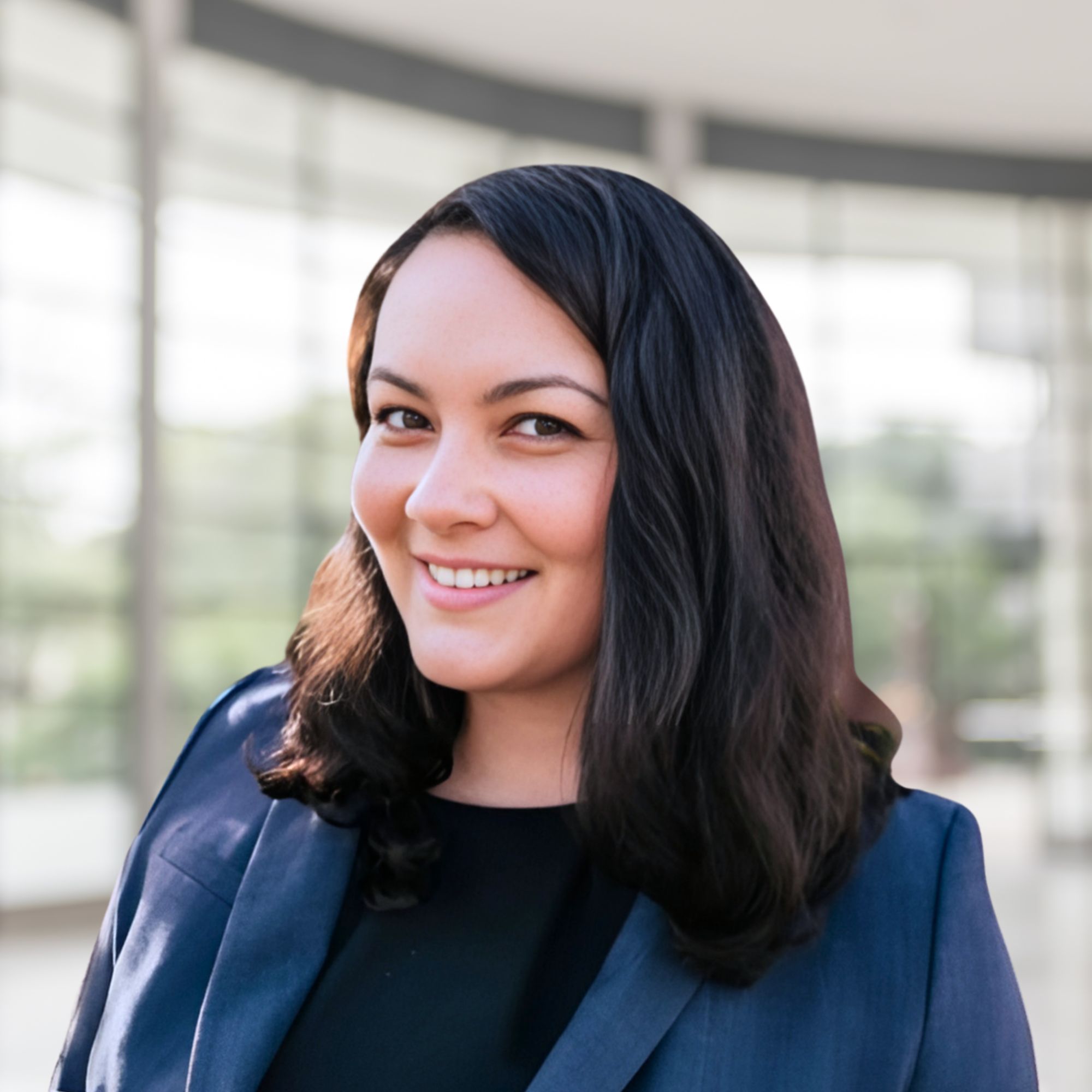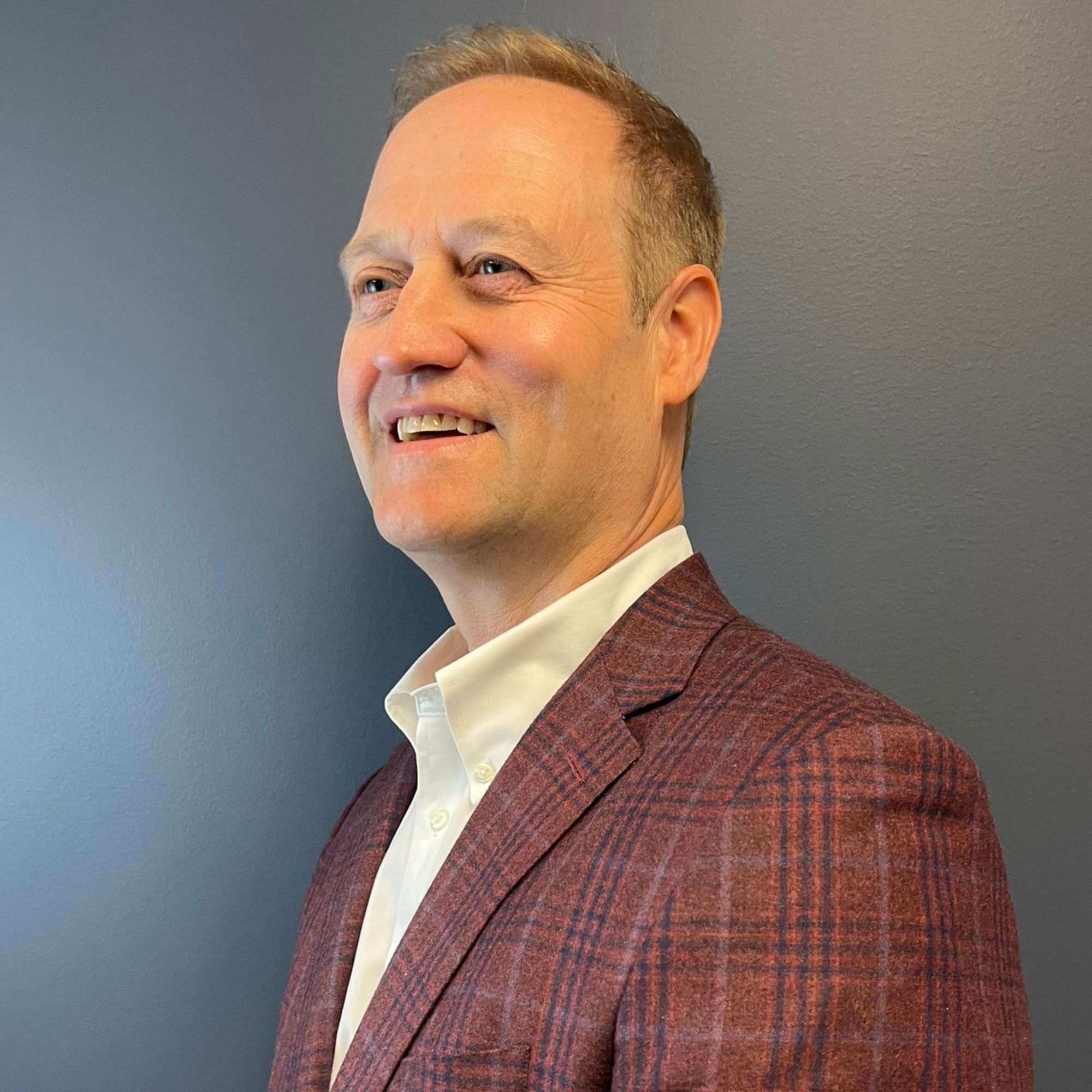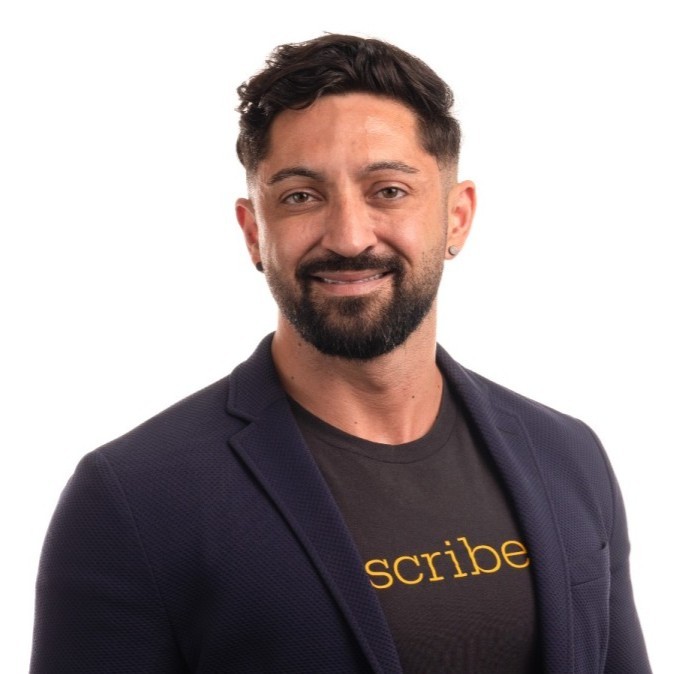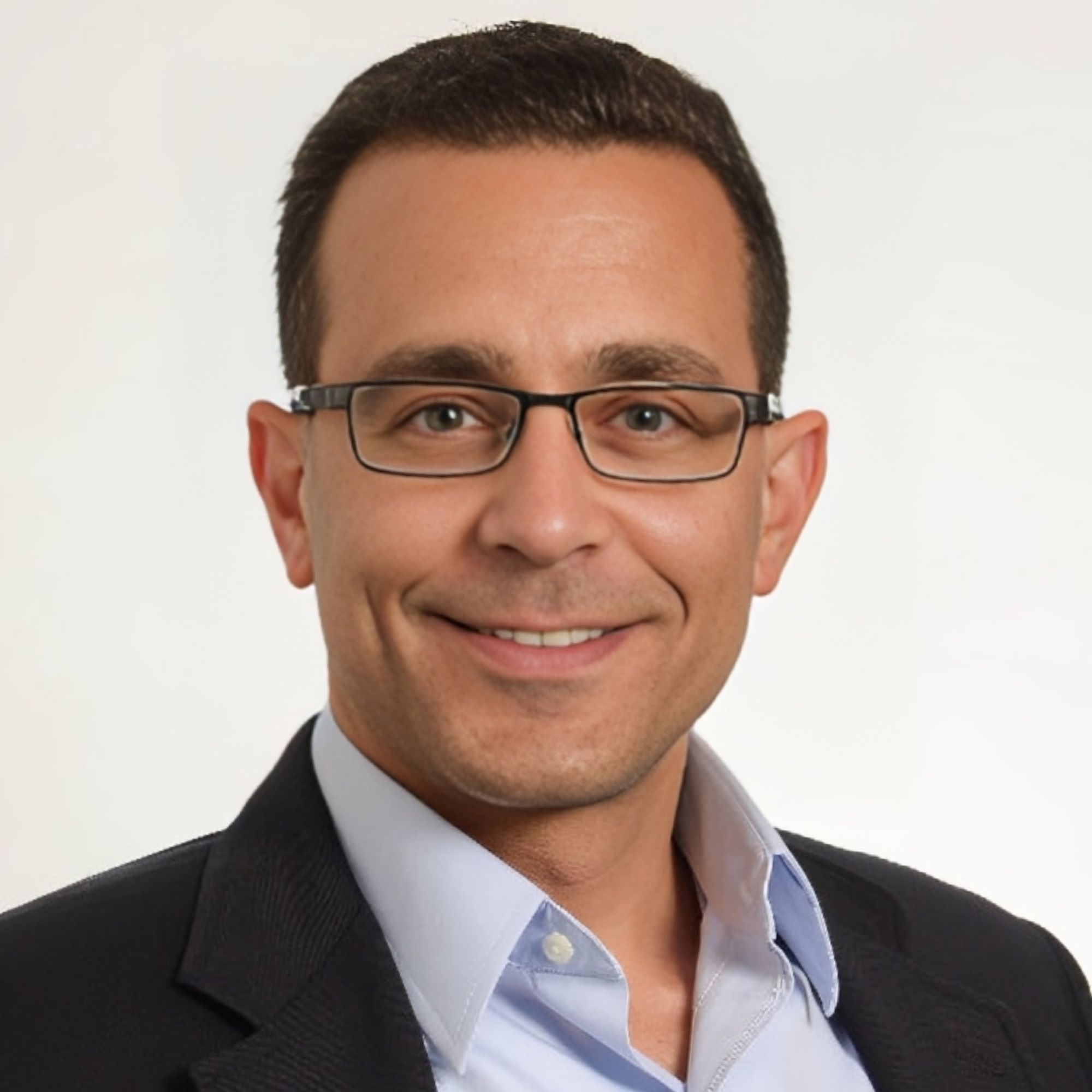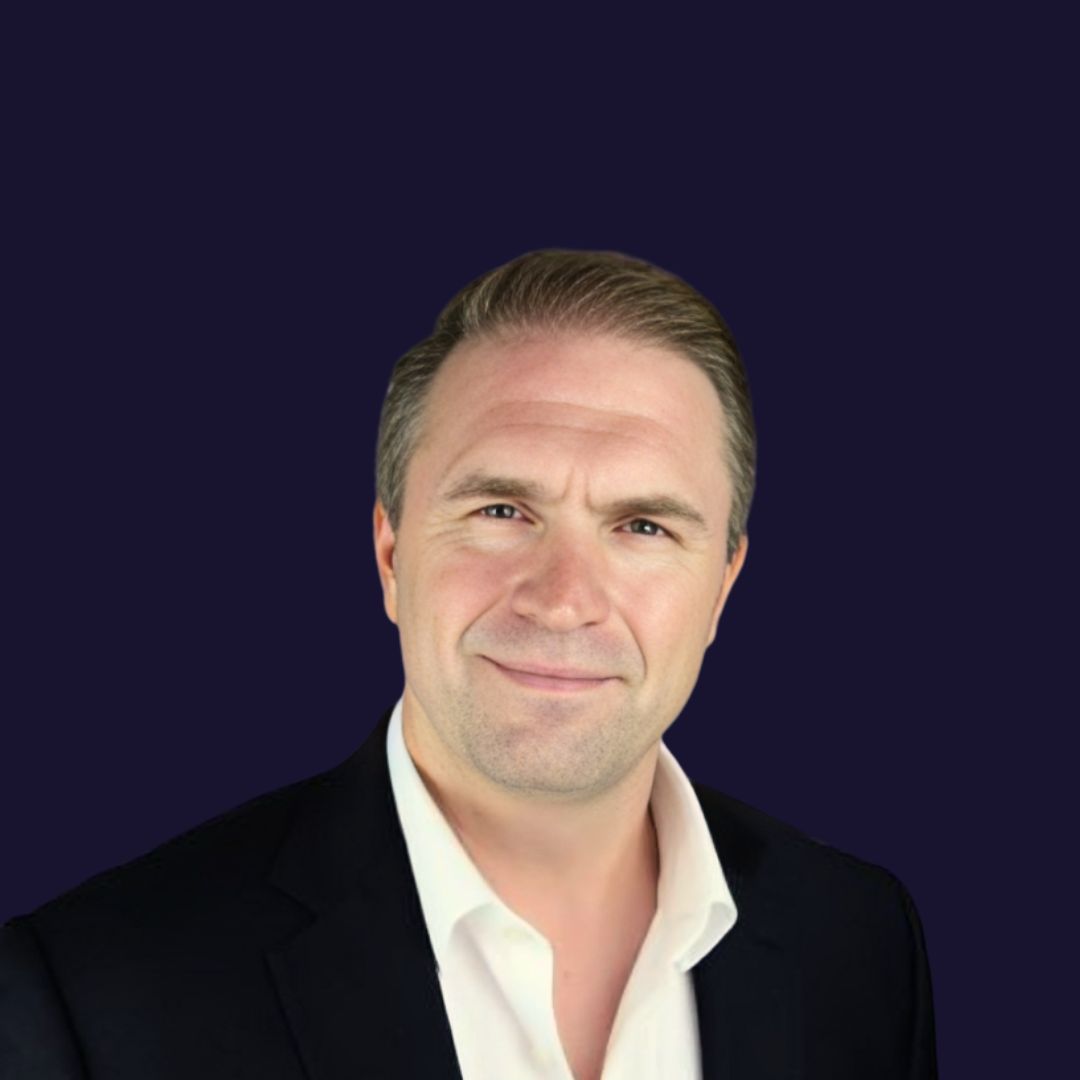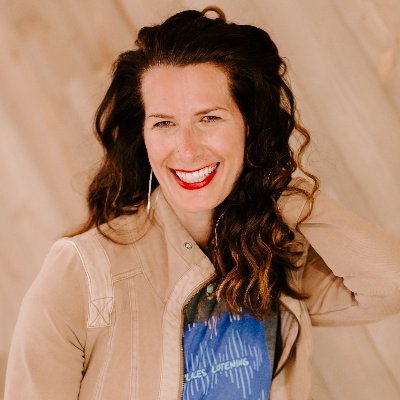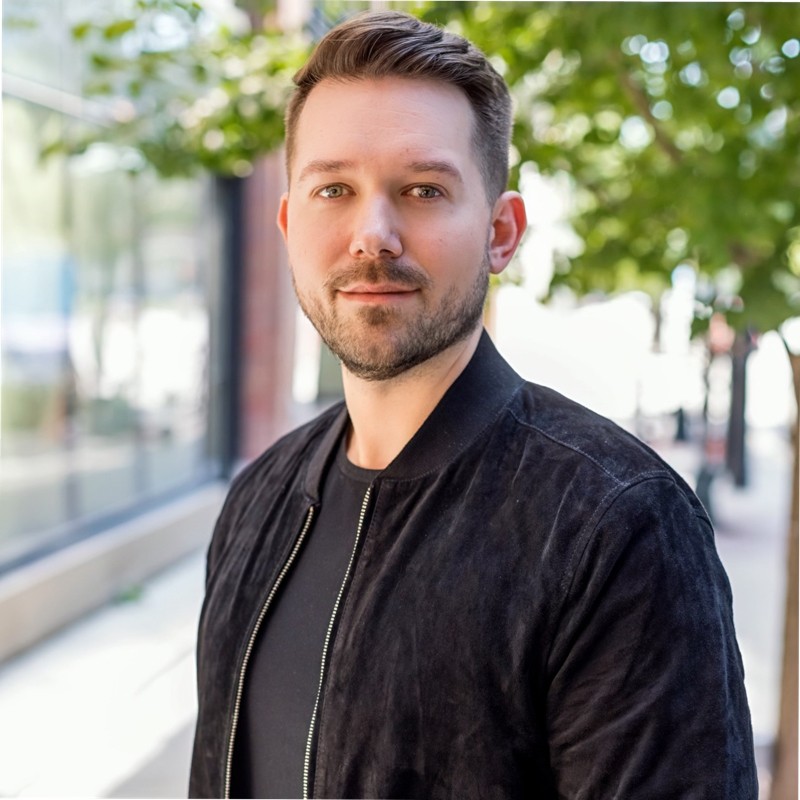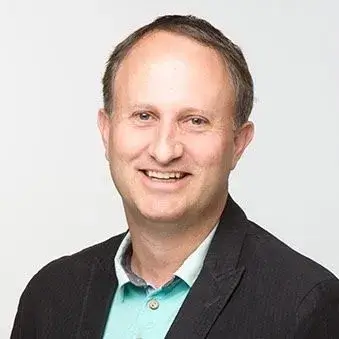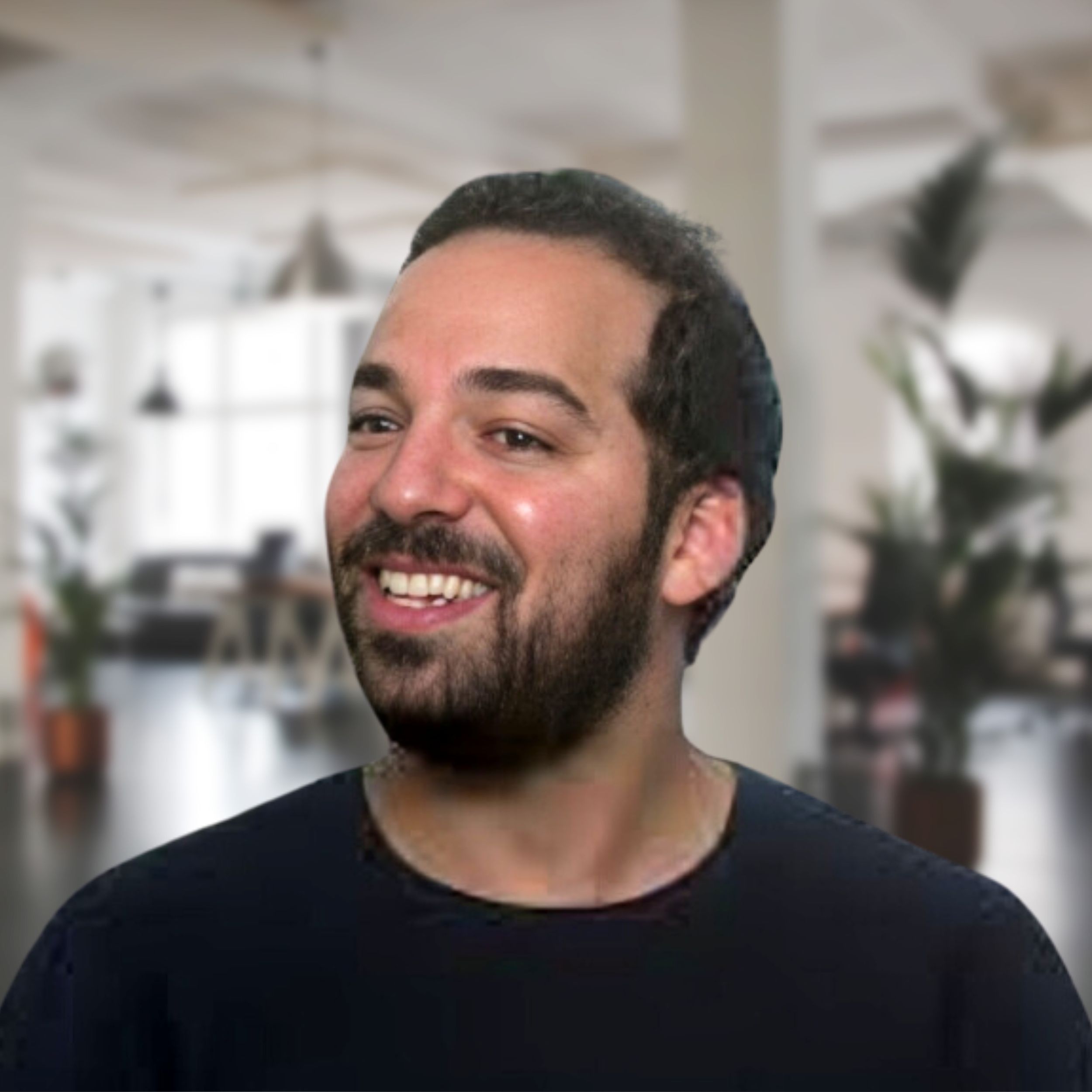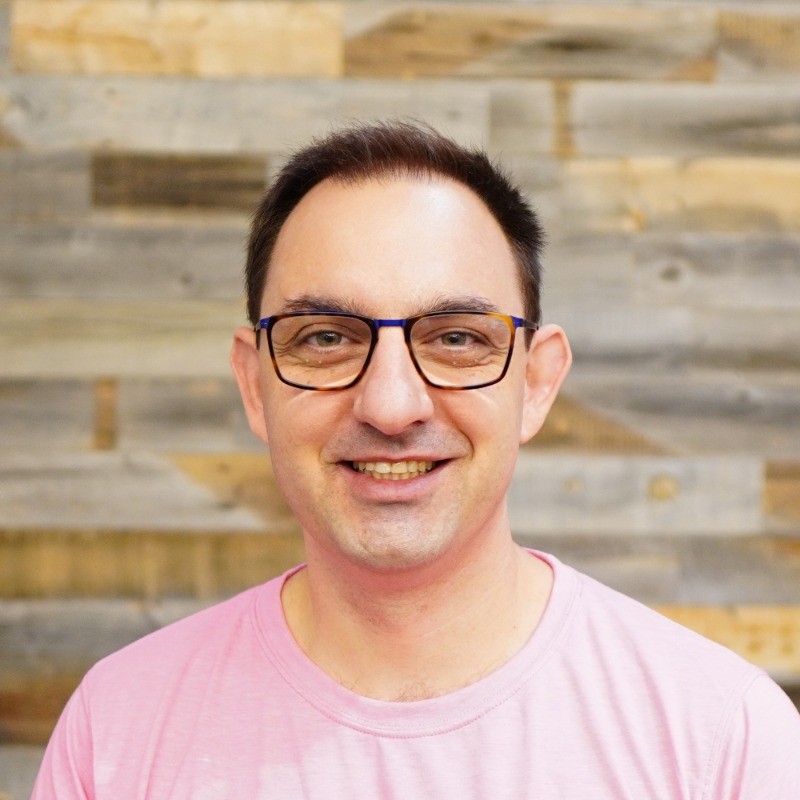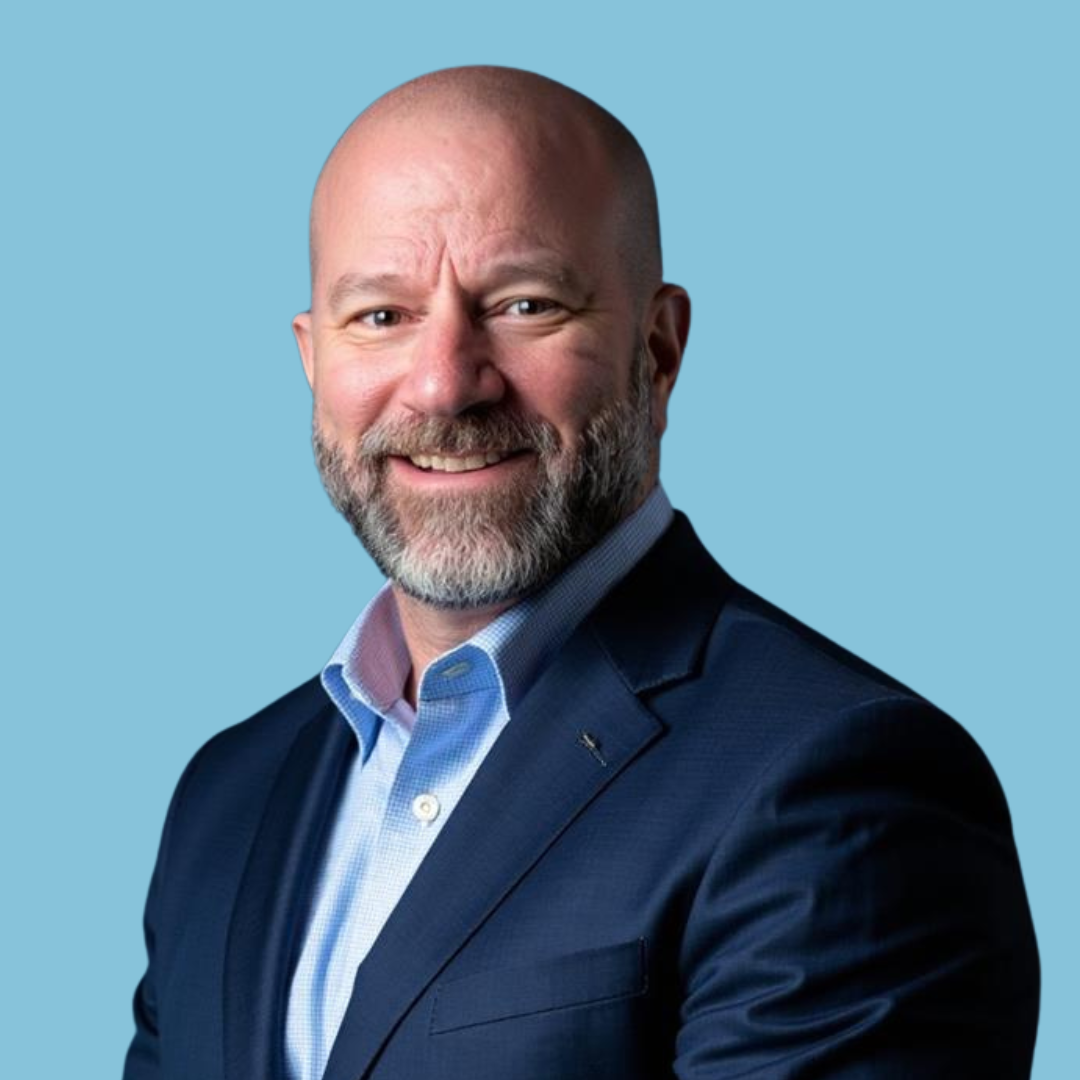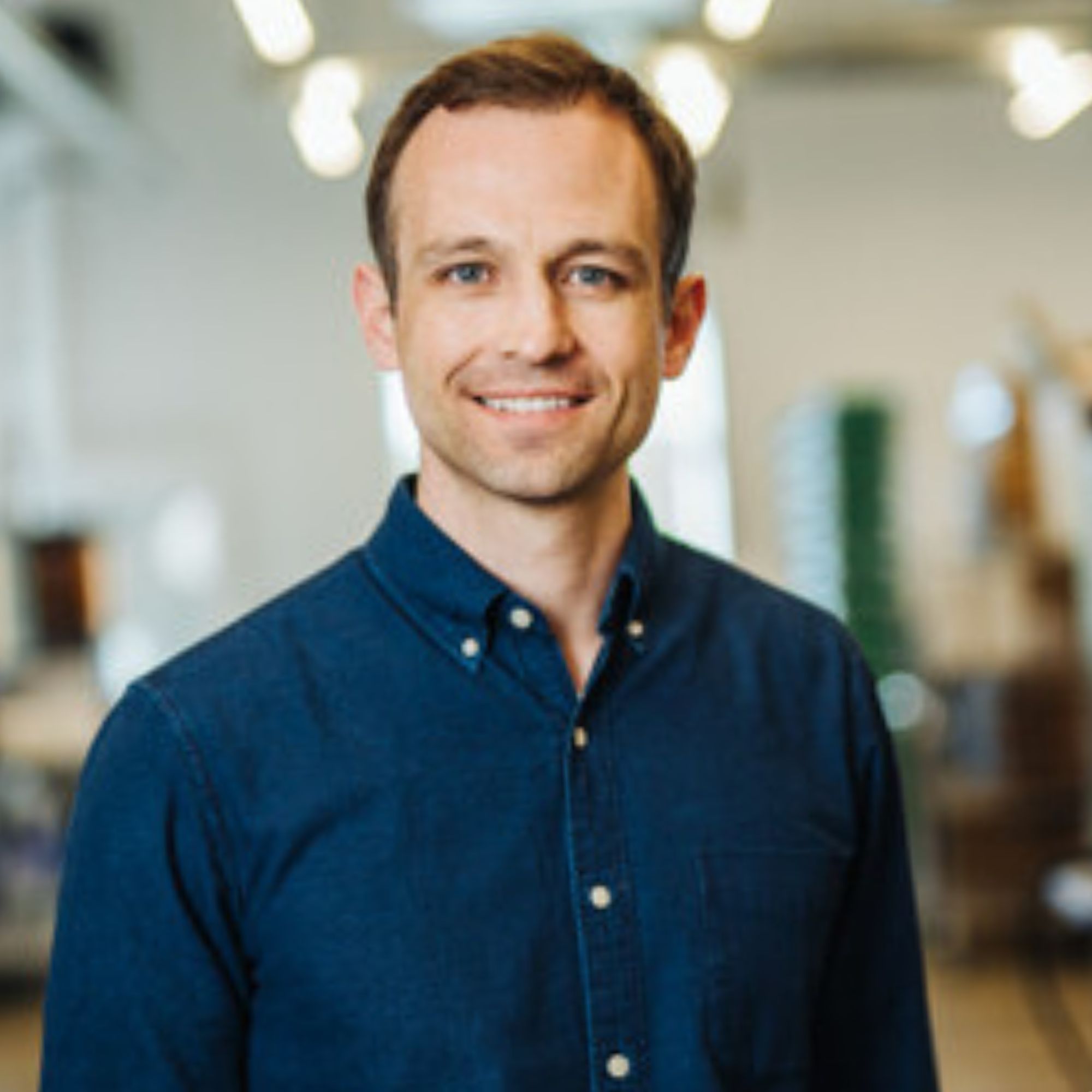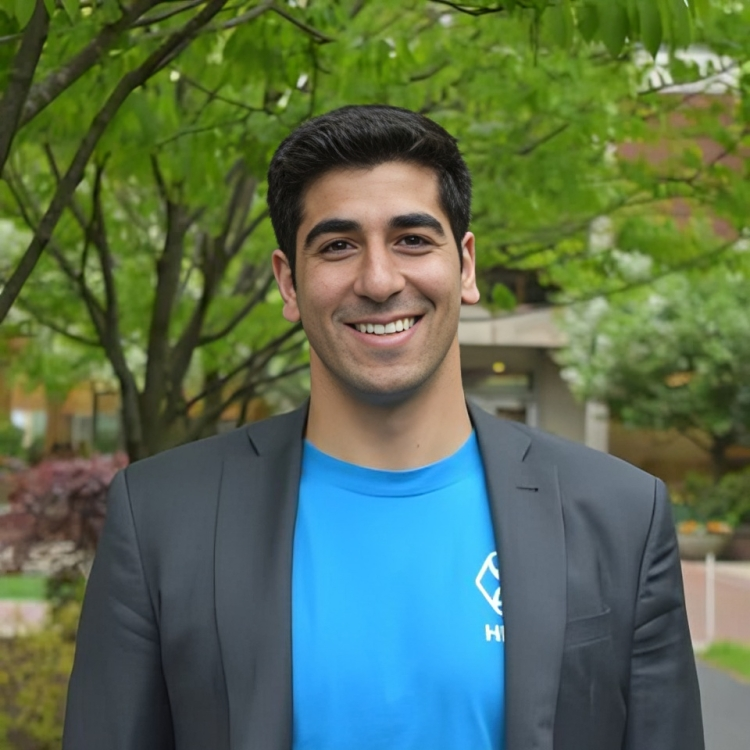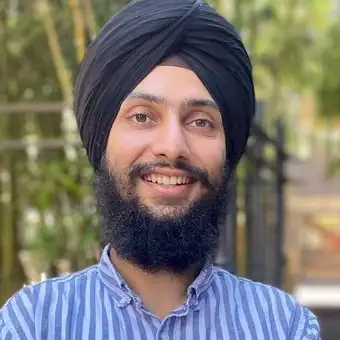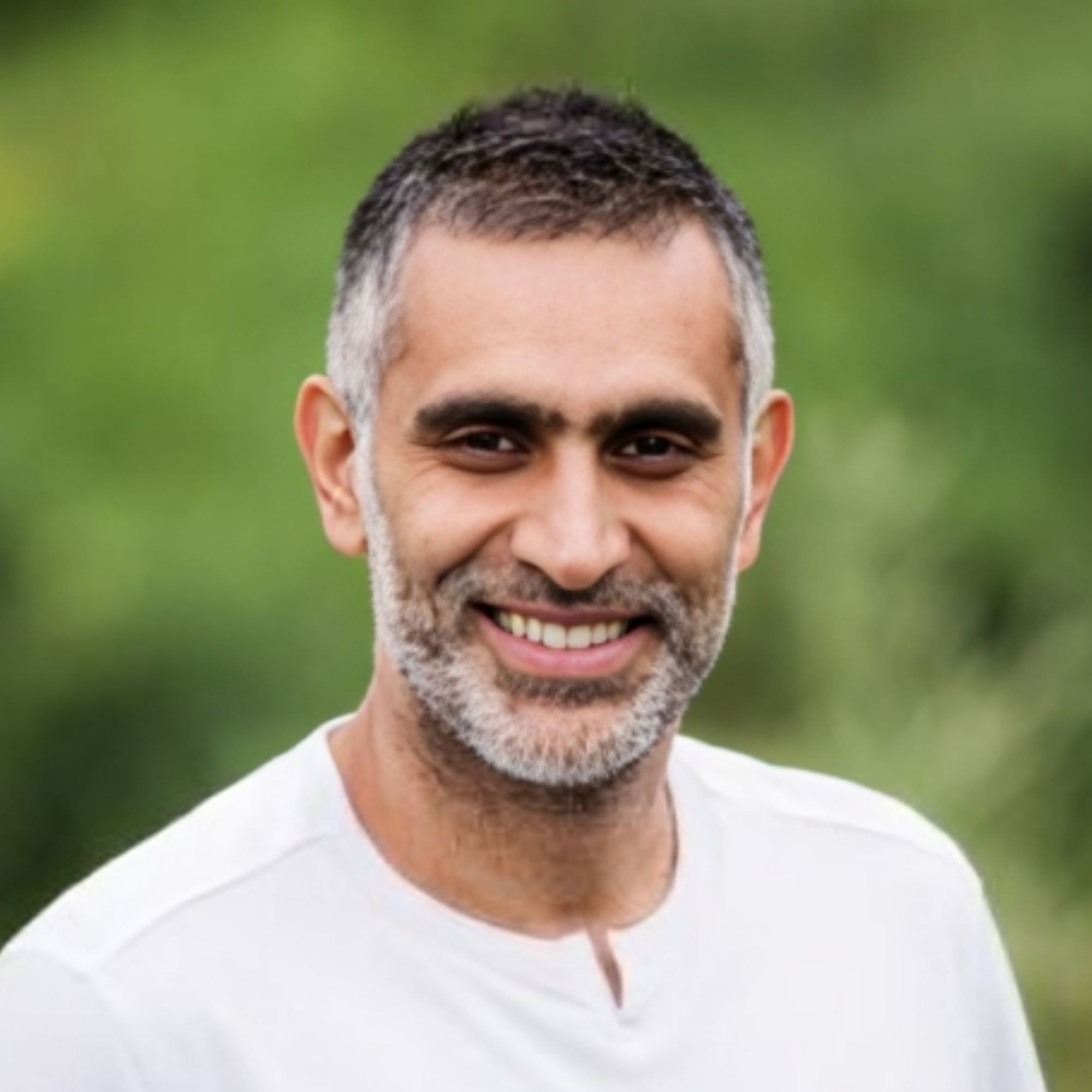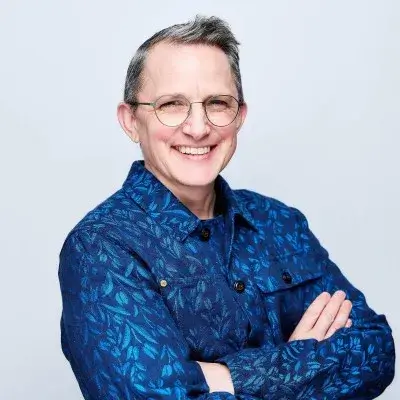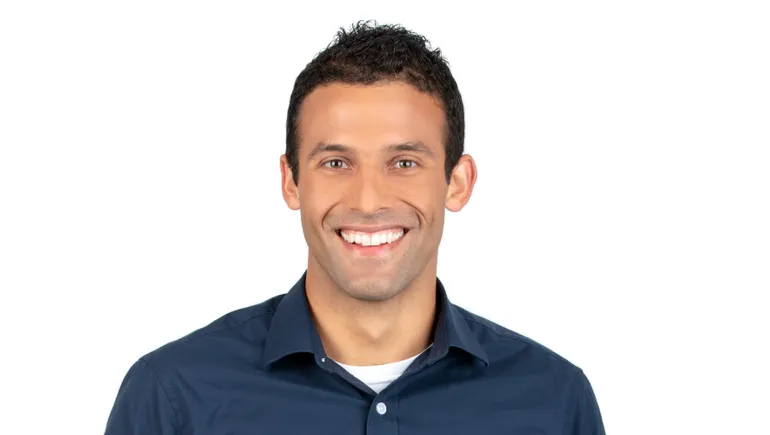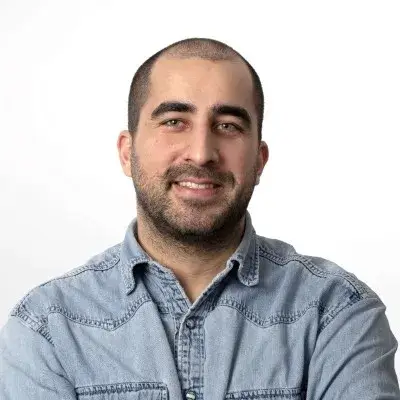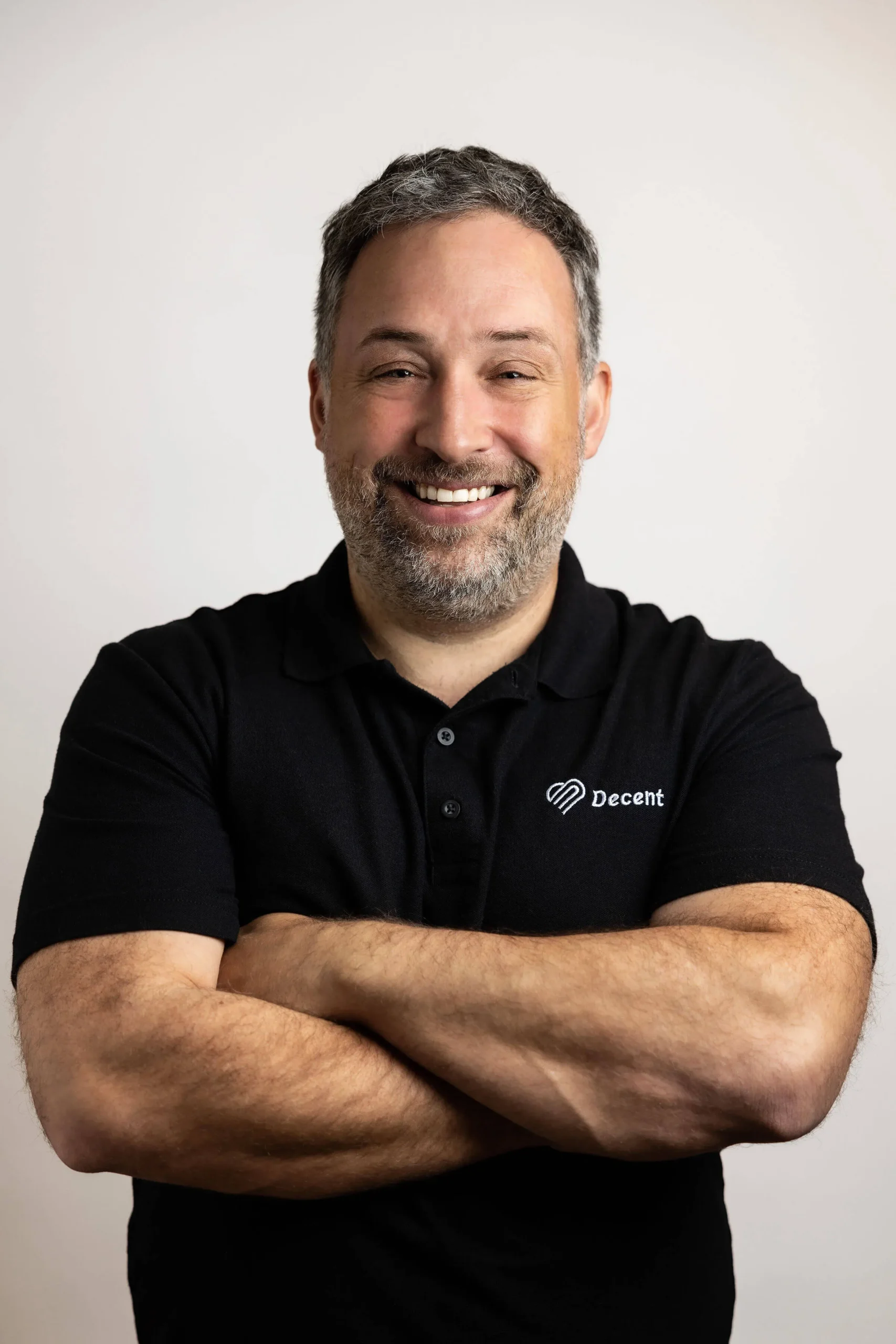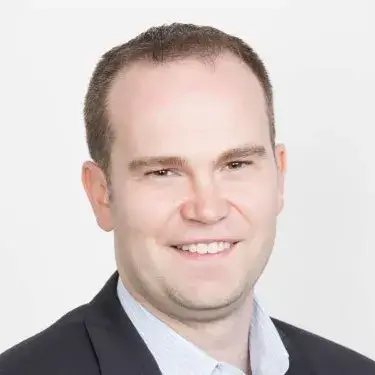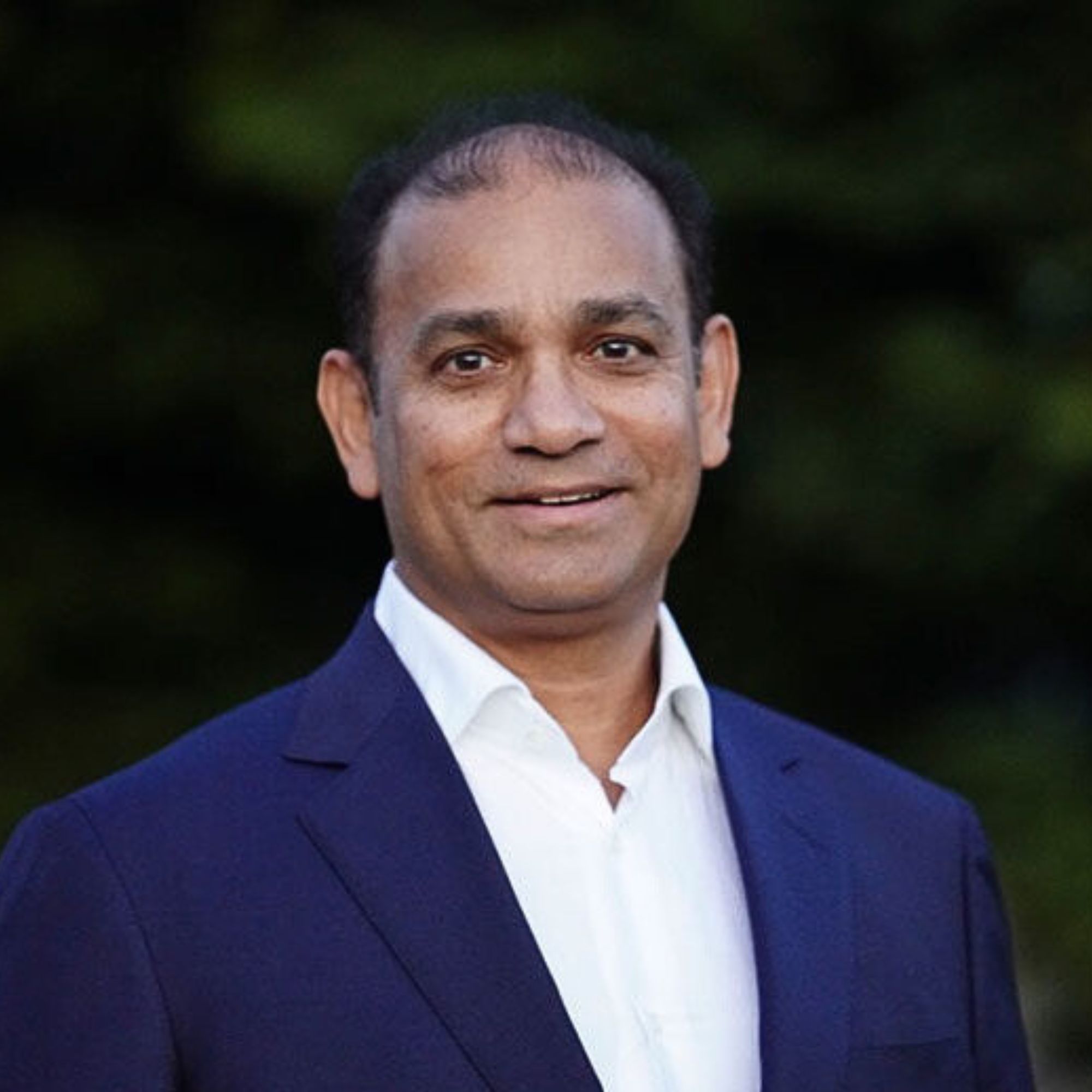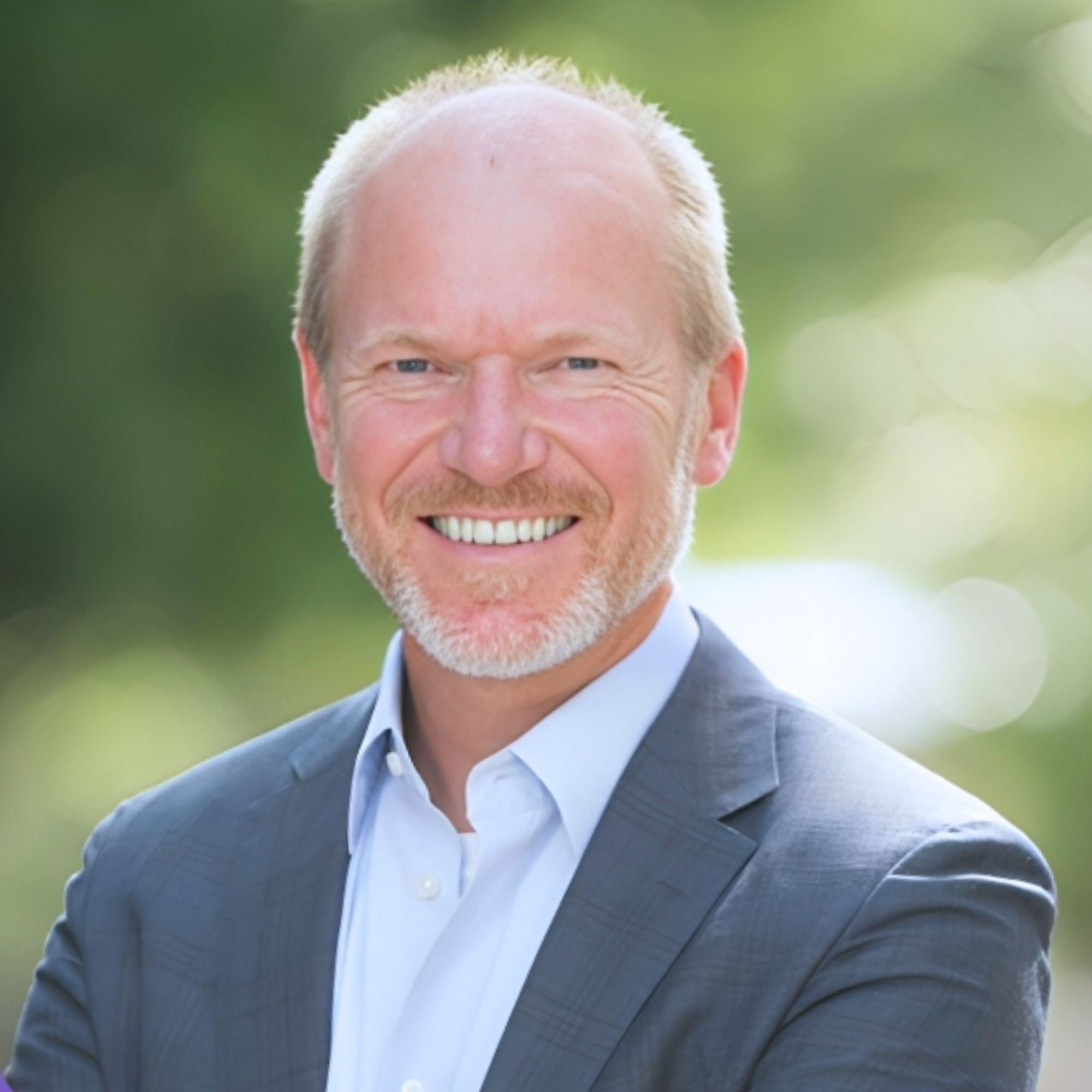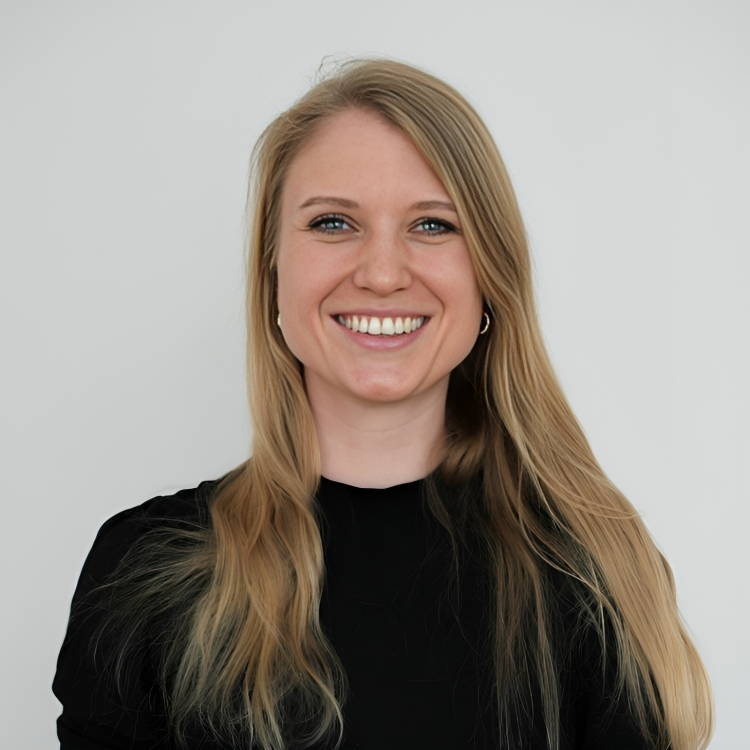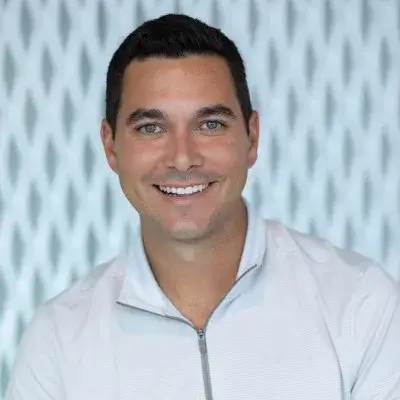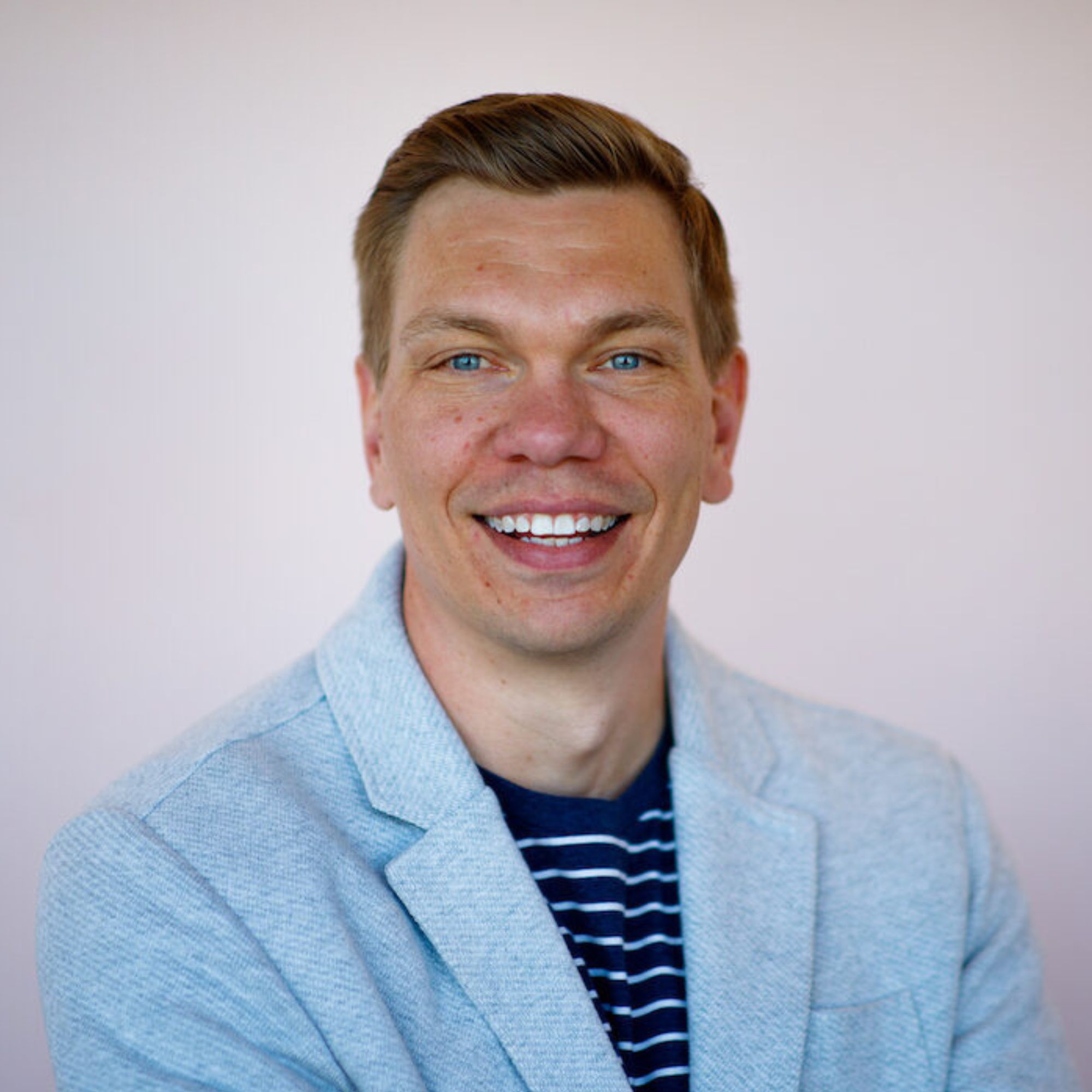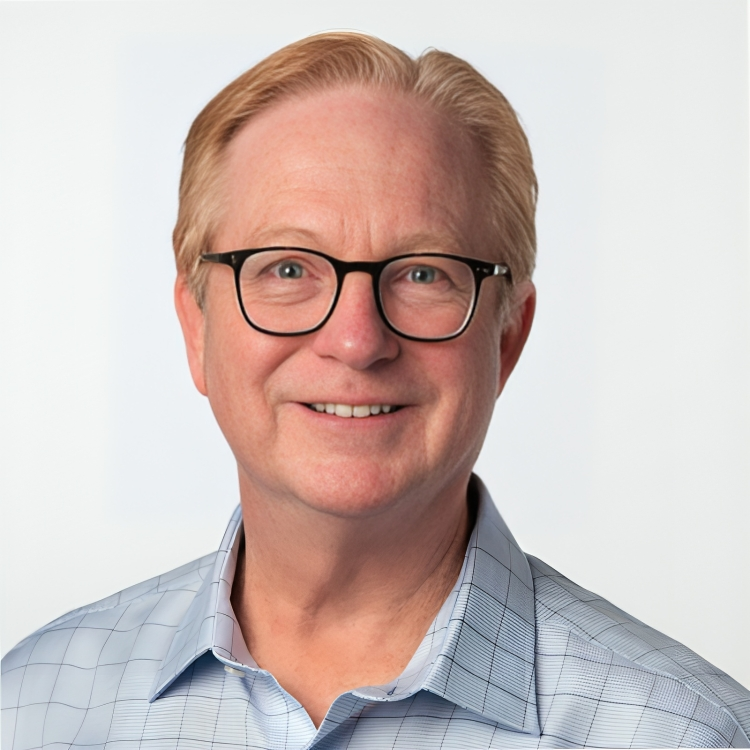Ready to launch your own podcast? Book a strategy call.
Frontlines.io | Where B2B Founders Talk GTM.
Strategic Communications Advisory For Visionary Founders
Conversation
Highlights
When Tech Meets Rural Healthcare: How Homeward Redefined Product-Market Fit
Most healthcare technology companies start by building solutions. Homeward started by making mistakes.
In a recent episode of Category Visionaries, Amar Kendale, President and Co-founder of Homeward, shared how his $70M-backed healthcare technology company is addressing the 23% higher mortality rate in rural America. But their path to success required completely rethinking their initial go-to-market approach.
The False Start
“We went on to rapidly make a series of mistakes,” Amar candidly shares. “Our intent was to make our mistakes quickly, when they were of the least consequence.”
Their initial hypothesis seemed logical: rural areas have half as many primary care doctors as urban areas, so they should provide comprehensive primary care services. They launched with multiple access points – home visits, mobile clinics, and pop-up facilities.
But patients weren’t interested.
The Counterintuitive Discovery
When they investigated why, they uncovered something surprising. “About a third of people hadn’t seen a doctor in over two years,” Amar explains. But when asked why they wouldn’t try Homeward’s services, patients responded: “I have a doctor… I’m not dying, I’m not bleeding, I don’t have any broken bones… if I really am in trouble, that’s when I’ll see my doctor.”
This insight revealed a crucial misunderstanding about rural healthcare consumption. The problem wasn’t a lack of doctors – it was how those doctors’ time was being used. Rural physicians were overwhelmed with acute care, leaving no capacity for preventive services like “making sure you’re getting your colonoscopy and getting your blood pressure checked and managing your diabetes.”
The Technology Trap
Many founders would have responded by building more technology. Homeward did the opposite.
“There’s a trap a lot of technologists fall into,” Amar notes. “You have a vision for the way that technology can play a role, and you decide to start building first before you really know whether it’s exactly the right problem or not. And then you take it to market and you’re a little bit in love with your idea.”
Instead, Homeward built minimal technology initially. Their tech team embedded with clinicians, learning the workflows firsthand. This approach allowed them to understand the real operational challenges before writing a single line of code.
The Pivot to Partnership
Rather than competing with existing providers, Homeward repositioned as a supplemental service. “Our role in the market is to supplement the existing provider, not to displace them and not to create abrasion or confusion for the patient,” Amar explains.
This pivot required building trust through multiple stakeholder relationships. They hired local medical assistants and community health workers who understood their communities. They formed partnerships with health plans and local health systems. Most importantly, they focused on delivering consistent, reliable service.
The Results
The strategy is working. Homeward achieved an 80 NPS score – higher than any of their previous ventures – and is growing 3-4x annually. But perhaps most telling is their impact on rural healthcare delivery.
“We’re growing at a rate that’s probably double the rate that [other value-based care companies] grew at,” Amar shares. “In part that’s us standing on their shoulders… they’ve done a lot of the hard work for us.”
Lessons for B2B Founders
Homeward’s journey offers valuable insights for B2B technology founders:
- Make your mistakes early and cheaply
- Challenge your initial assumptions through direct market interaction
- Resist the urge to build technology before understanding workflows
- Build trust through local presence and partnerships
- Design solutions that complement rather than replace existing systems
As Amar summarizes: “Get close to the workflows… get close to the patient. But don’t neglect other stakeholders – the provider, the payer. Because that’s going to be your Achilles heel.”
Actionable
Takeaways
Start with Operations, Not Technology:
Amar emphasizes the importance of avoiding the "technologist's trap" of building before understanding. As he notes, "There's a trap a lot of technologists fall into... you have a vision for the way that technology can play a role, and you decide to start building first before you really know whether it's exactly the right problem or not." Instead, Homeward built minimal technology initially, embedding their tech team with clinicians to understand workflows before building solutions.
Challenge Initial Assumptions Through Market Testing:
Homeward's early hypothesis about rural healthcare needs was incorrect. They assumed people without regular doctor visits needed primary care, but discovered that rural patients had doctors for acute care—they needed supplemental services for preventive care. As Amar explains, "What's different about the way people are consuming healthcare in rural is the thing we have to pay attention to."
Build Trust Through Local Presence:
In healthcare, trust is paramount and historically local. Homeward succeeded by hiring local medical assistants and community health workers who understand the communities. "They have a really high degree of cultural competency. They are ambassadors for the Homeward brand... who can help us to spread that message," Amar shares.
Choose Strategic Markets for Scale:
When selecting initial markets, Homeward focused on states with large Medicare populations to ensure sufficient scale. "You could easily die by a thousand cuts if you go after too small a market," Amar explains. Their success in Michigan and Minnesota created a template for future market expansion.
Design for Multiple Stakeholders:
Healthcare technology requires satisfying multiple stakeholders—patients, providers, and payers. Amar warns, "If you focus on the patient and the payer and you leave out the provider, well, you may never get prescribed and you may never show up in the provider workflow." Successfully navigating this complexity creates defensive moats against competitors.
Partner with Long-Term Vision Aligned Investors:
Homeward chose investors who shared their vision for transforming rural healthcare. Their lead investor, General Catalyst, pushed them to think bigger: "We were sheepishly sketching out the path to being a billion dollar business. And Hemant added the zero. He said this is easily a $10 billion business."
Focus on Early Validation and Responsible Growth:
Despite rapid expansion (3-4x annual growth), Homeward maintains disciplined growth. Their approach is validated by an 80 NPS score, which Amar notes is "better than we ever did at Livongo or any other place we've been."

